OK so let’s be honest here, I had never heard of either of these two places and trying to remember them has been no easy feat. My early attempts at even trying to pronounce them have been less than stellar. The early attempts resulted in a very unhappy and uncomfortable item of poultry and a very happy local inhabitant.
Phitsanulok
Important note…the transport here from the airport to town is atrocious. We flew in via Bangkok and two plane loads arrived at the same time. Every cab in town (about 15 of them) was there to greet the plane. They filled (with the people with carry on only) and left for the 8 km journey to town, but almost none returned.
At this point I really need to stress the importance of getting, downloading and using the grab app.
From this point on you had to order your own car from the Grab or Uber apps, despite the fact that another 200 people odd are waiting to get to town. Cabs arrived and searched for the person who called them. There is no line, no queue, no order it is mayhem. We were off virtually first (seated in row 2), had our bags first (priority luggage) but were virtually the last two to leave the airport. They almost turned the lights out as we fought to get a car to town.
We finally got a car using the Grab app and got to where we wanted to be. First impressions…OK we are in the backblocks now. Phitsanulok was founded over 600 years ago and was one of the provincial centres of the Khmer Empire. Today it serves as a major transportation hub for the region with planes, trains and busses all routing through here. While this place may be a transport hub, it is a truly Thai town and there is not too much for tourists to do here.

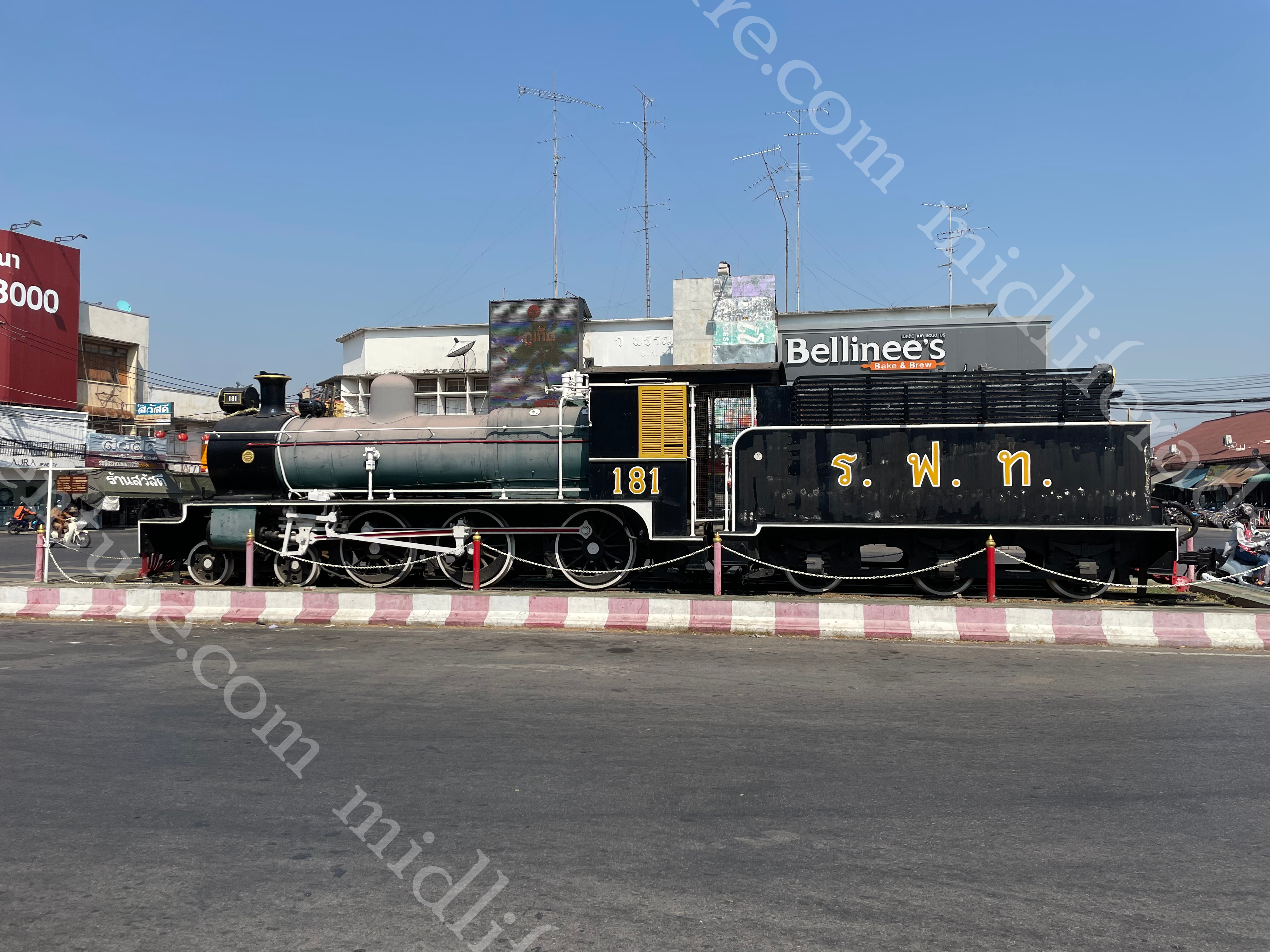
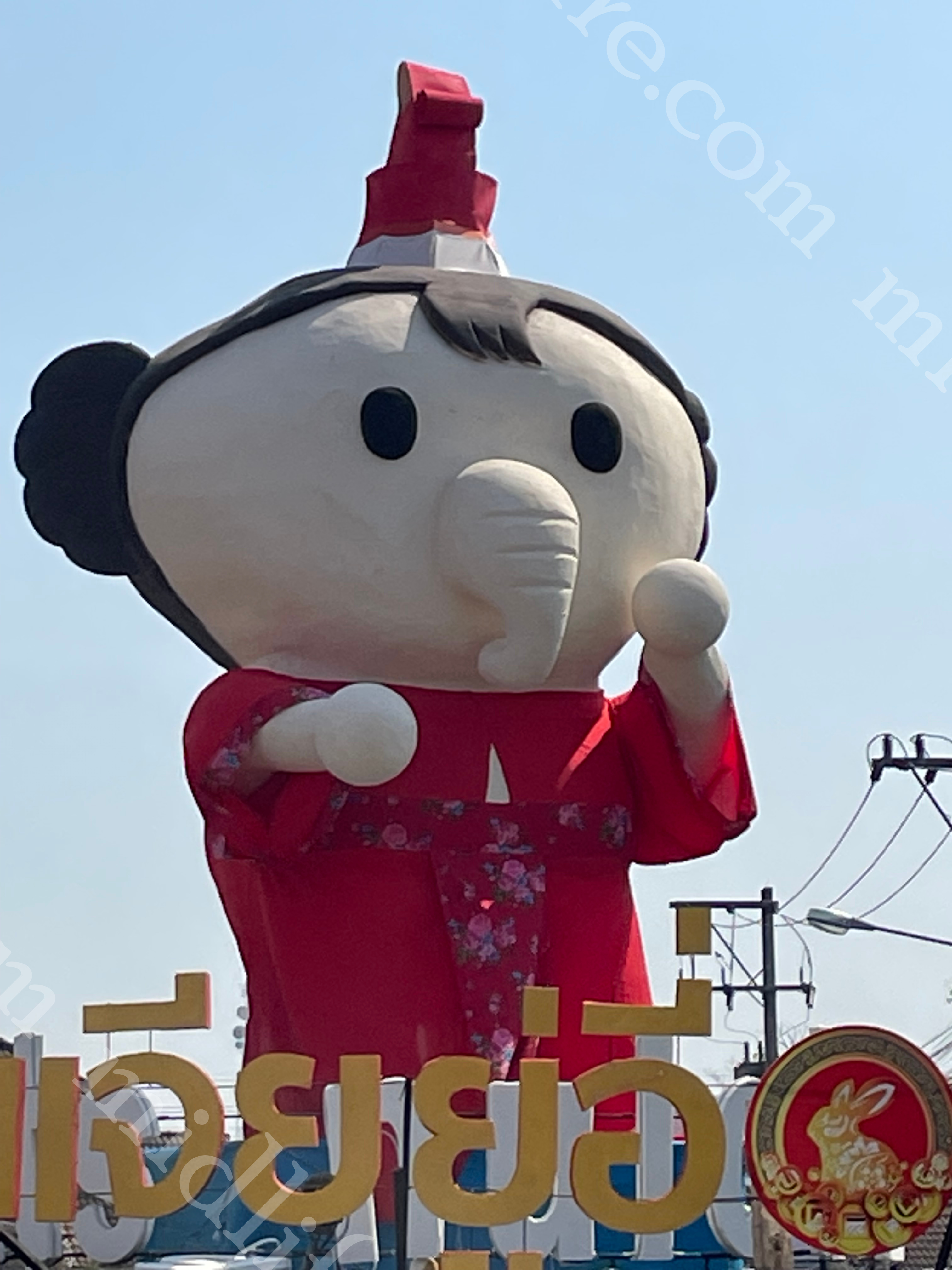

Don’t get me wrong, it is nice but the food vendors sell food to and for locals. In plastic bags, designed to be taken home and eaten. There are very few if any tables (even the little plastic numbers) where you can sit down and eat your meal. In addition, if you have not eaten by 8pm you will not eat. Everything shuts up early and people go home. Oh, and as you head south…it gets hotter. This place is noticeably hotter than both Chiang Mai and Rai.
As you would expect, Phitsanulok has its fair share of Temples and Wats.
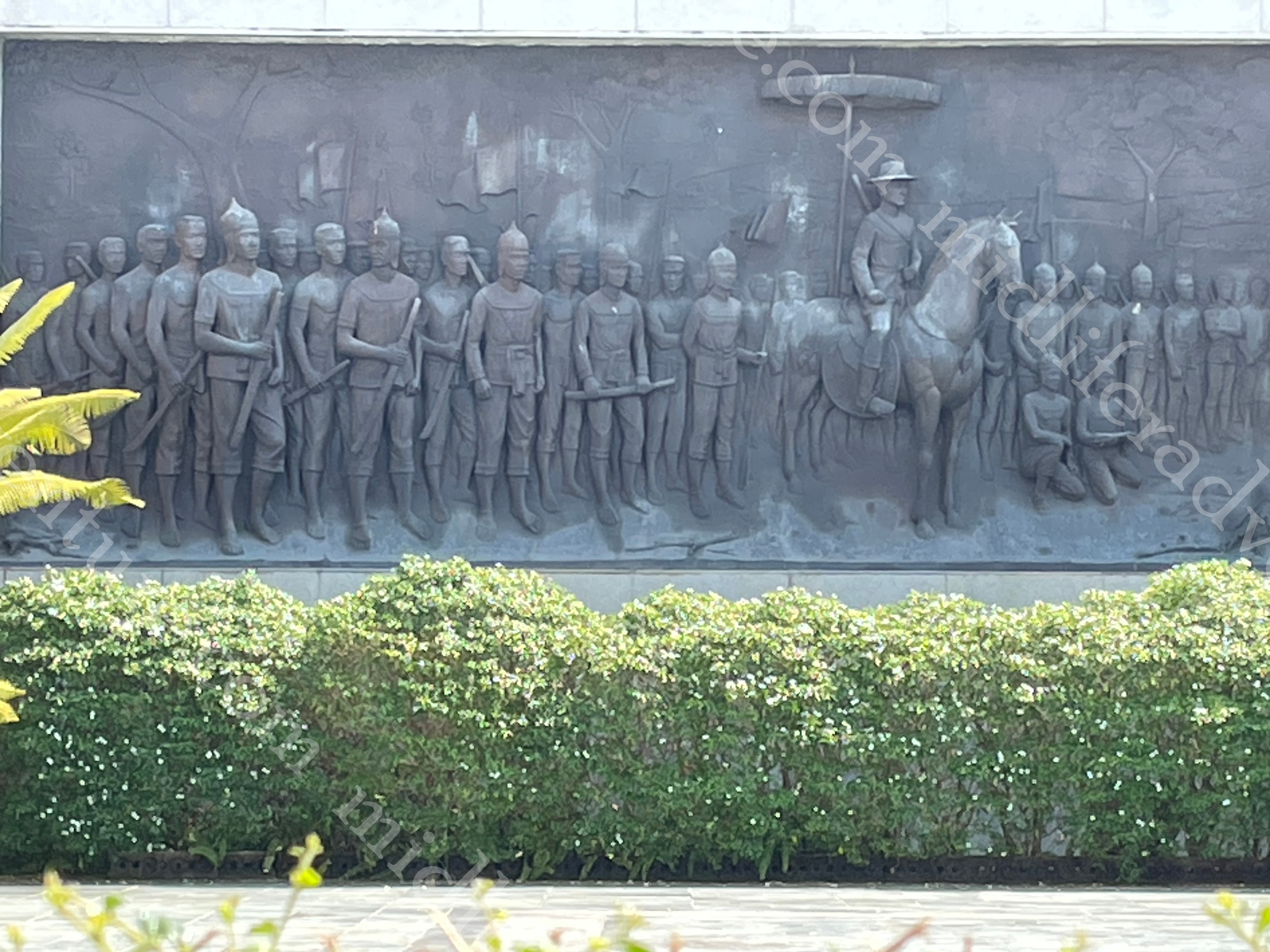

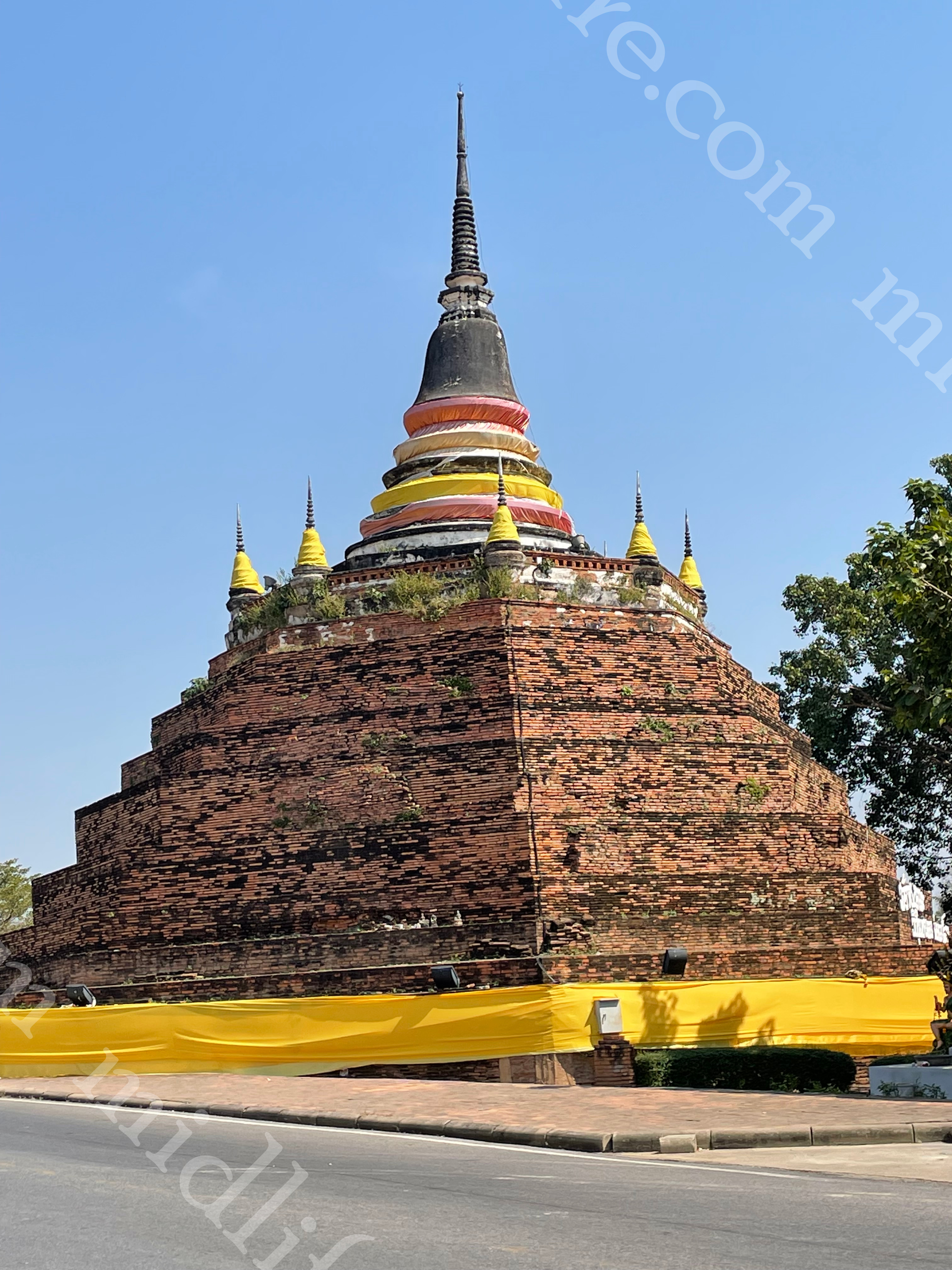
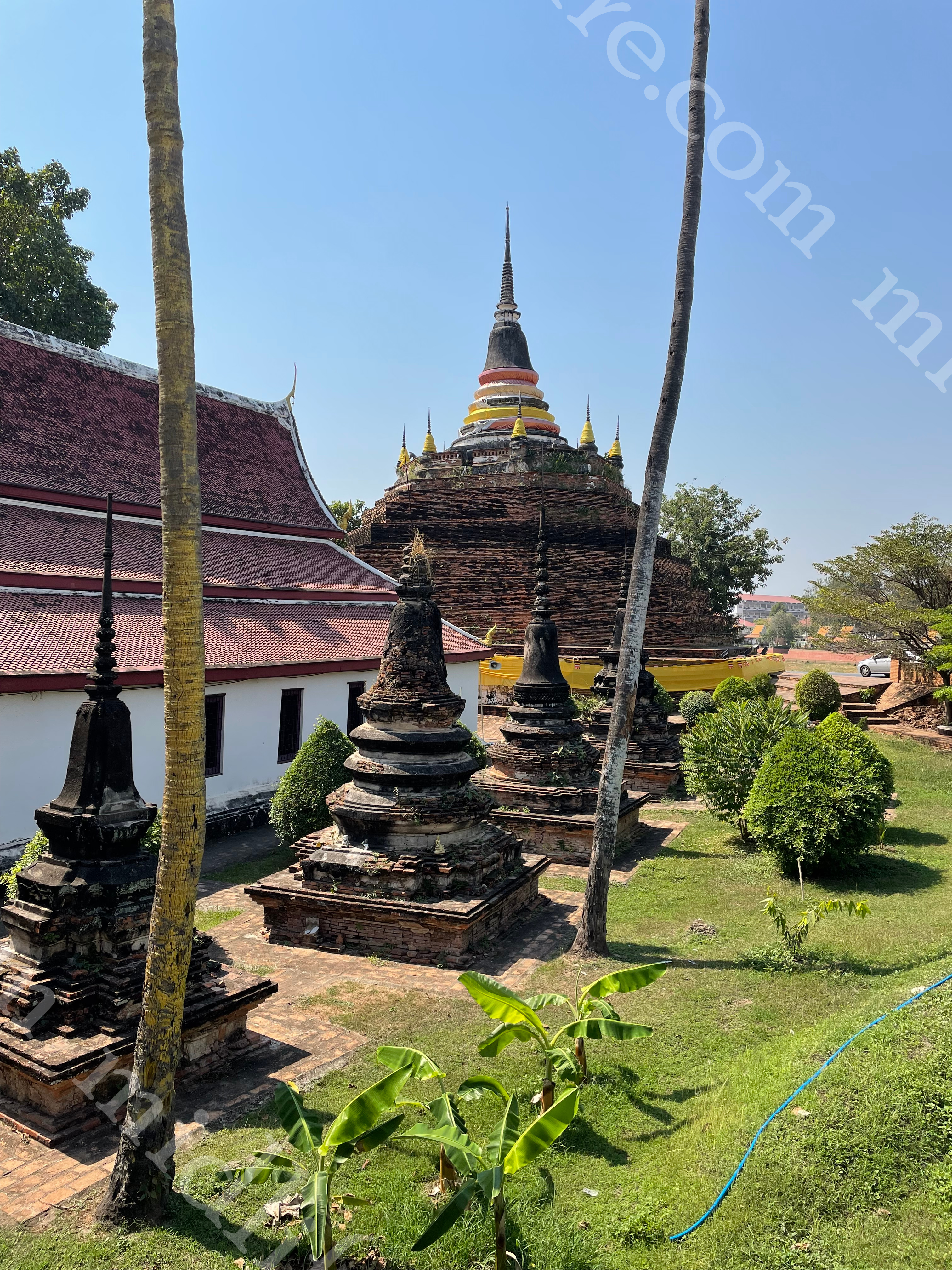

Wat Phra Sri Rattana Mahathat was built in 1357 and is home to the Phra Buddha Chinnarat. This is meant to be one of the most beautiful and revered Buddha statues in all of Thailand and serves as the official symbol of the Province. I get that I am a bit of a heathen, but I truly cannot tell what makes this one more beautiful than any of the thousands of others that we have seen.

The Night Bazaar, Chan Royal Palace Historical Center, and the Buddha casting factory are all nearby and if you are hunting for things to see and do then they are available.
Sukhotthai
Sukhothai and the area around it were part of the Khmer Empire until the early 13th century. When the Khmer Empire began to decline, the local population (called Siam) revolted and assumed power under the leadership of King Si Inthrathit. they called their new empire Sukhothai which literally translates to “the dawn of happiness”.
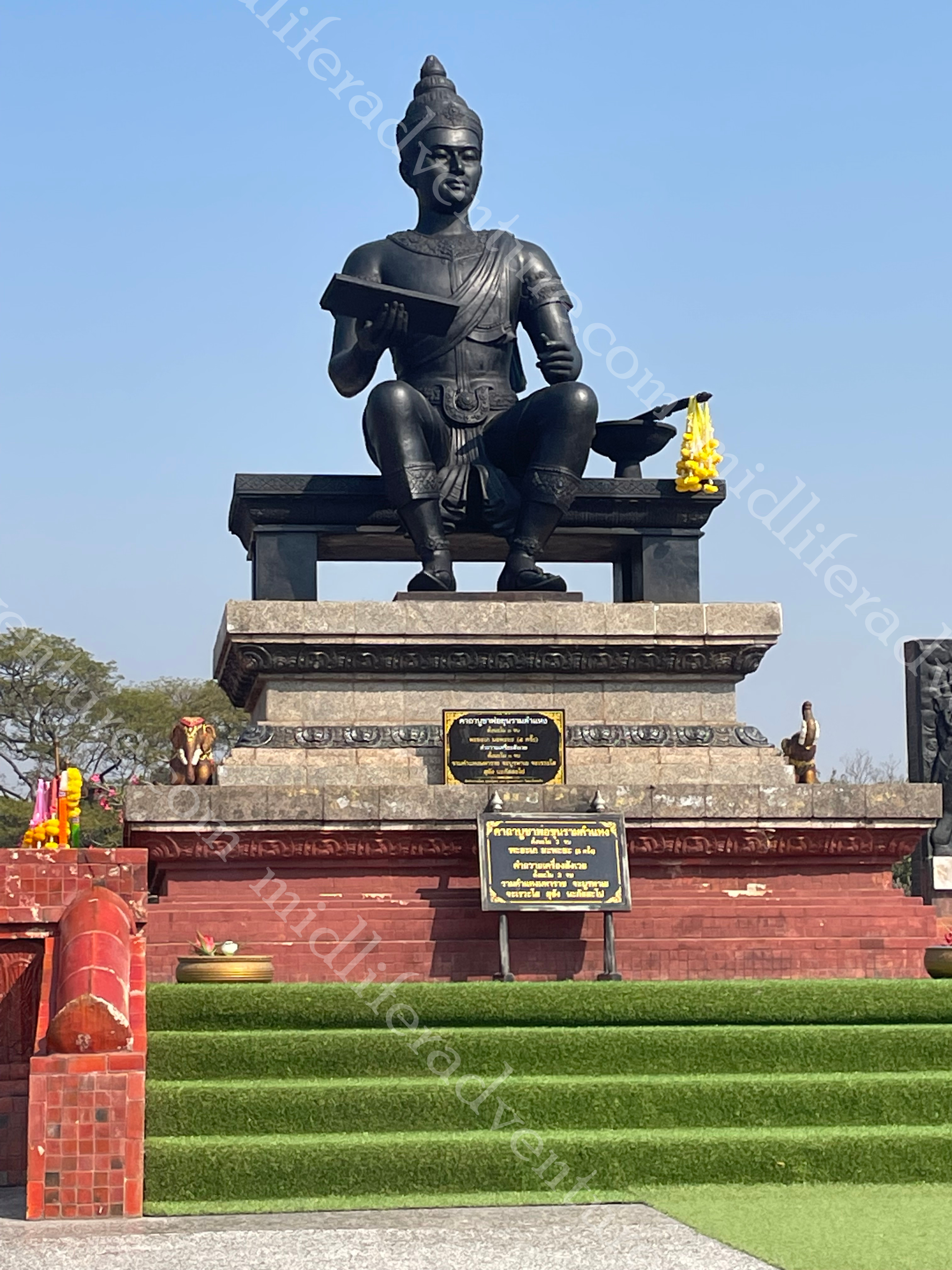
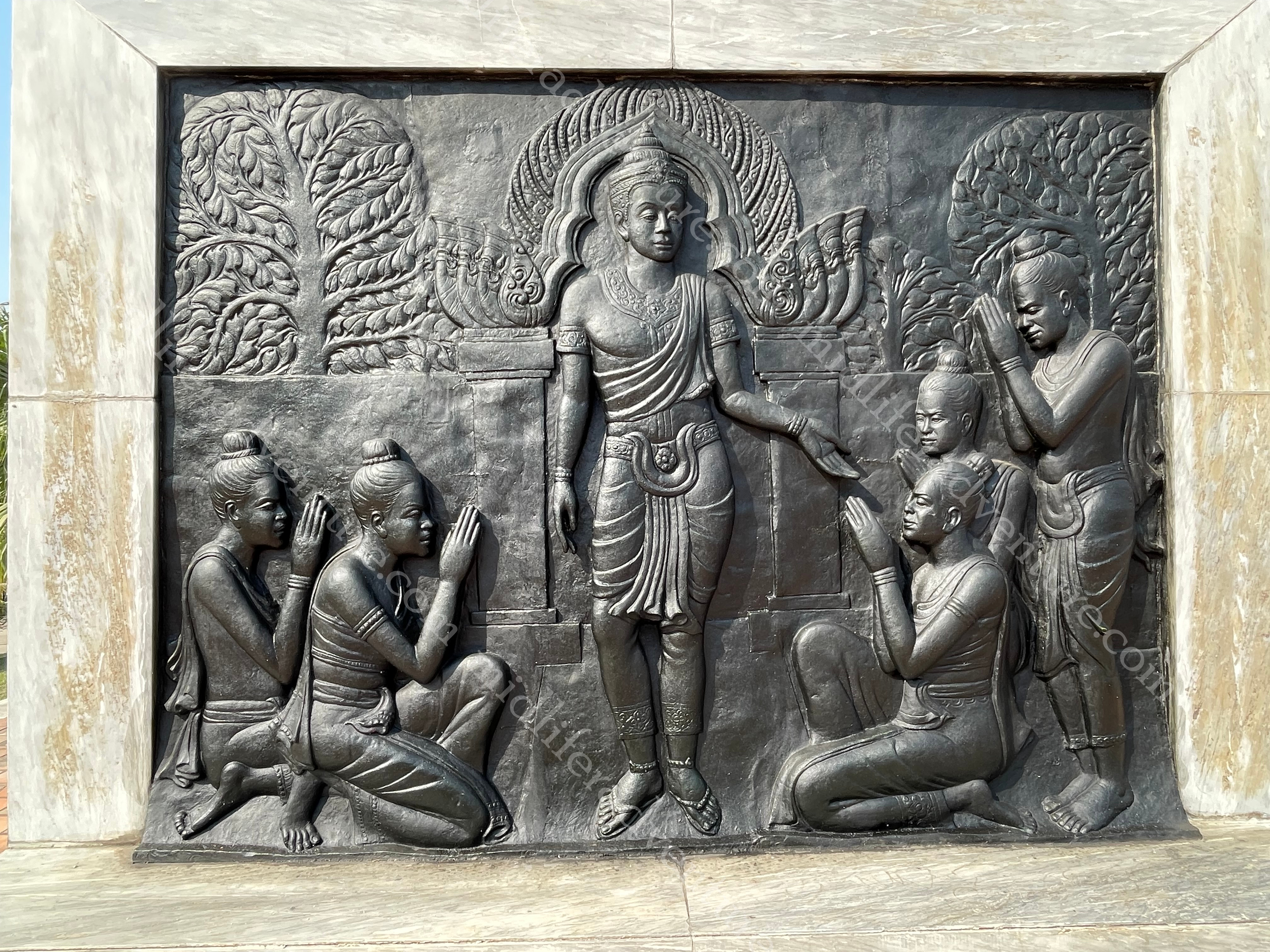
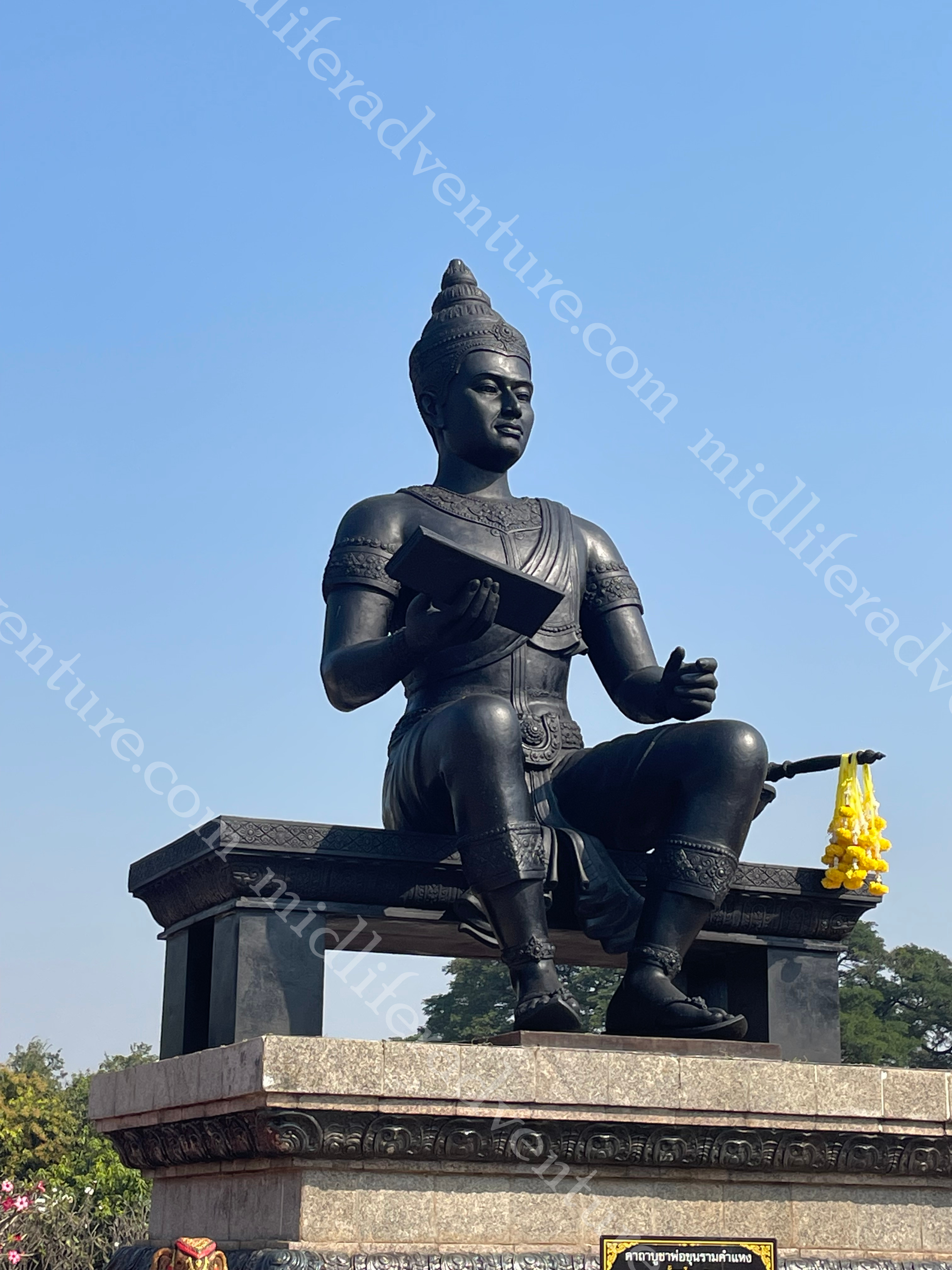
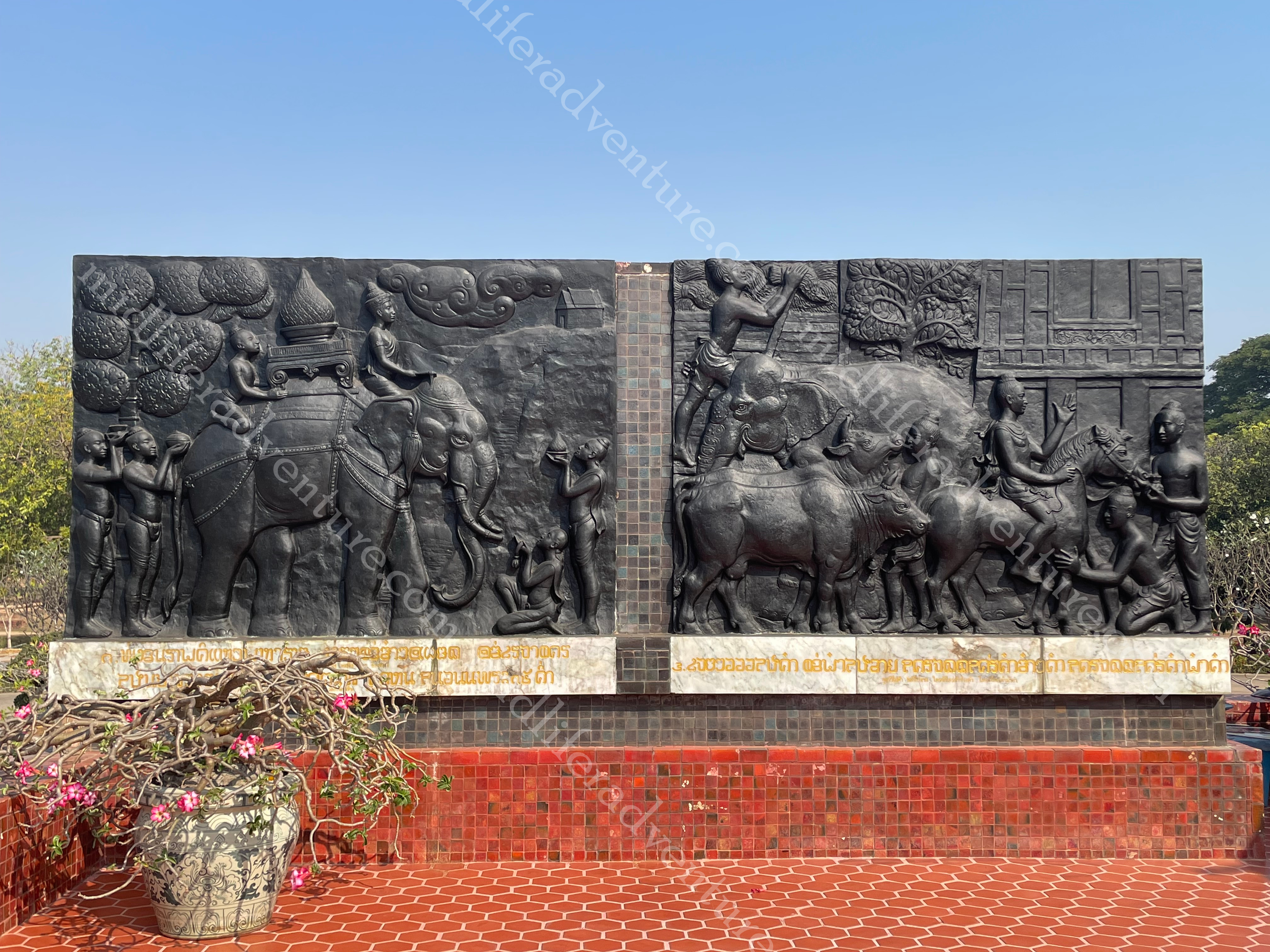
This Kingdom lasted for 200 years (1238-1438) and is credited with the invention and development of many of the unique identifying characteristics of Siamese (Thai) culture. It was the birthplace of the Thai language and where Theravada Buddhism became Thailand’s state religion. Many of the advancements have been attributed directly to King Ramkhamhaeng, who is considered the Founding Father of the Thai Nation.
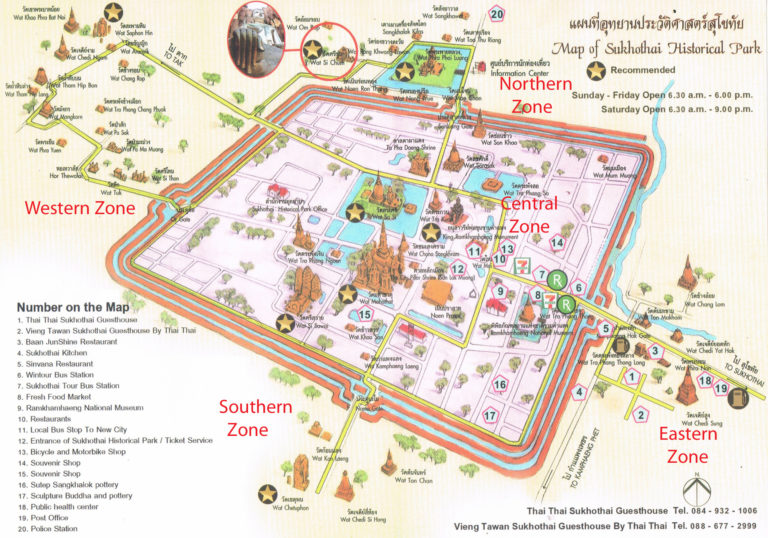
Sukhothai Historical Park is the UNESCO listed) home of most of the historical elements of the early foundations of Thai culture. It is divided into 5 zones (N,S,E,W and central) with most of the elements in the central zone.
Sukhothai Historical Park covers 70 square kilometers and contains over 190 ruins which are pretty well spread out.
How much, how long and how
The cost to enter each zone is 100 Baht per person, so going to each of the 5 zones will cost a couple 1000 Baht ($50). The central zone contains most of the more impressive ruins and can be navigated on foot in a few hours (this will get your 10,000 steps up). There are options to hire bicycles and (very cool looking) electric golf buggies (that will reduce this timing) and will allow you to get to all five zones within one day.
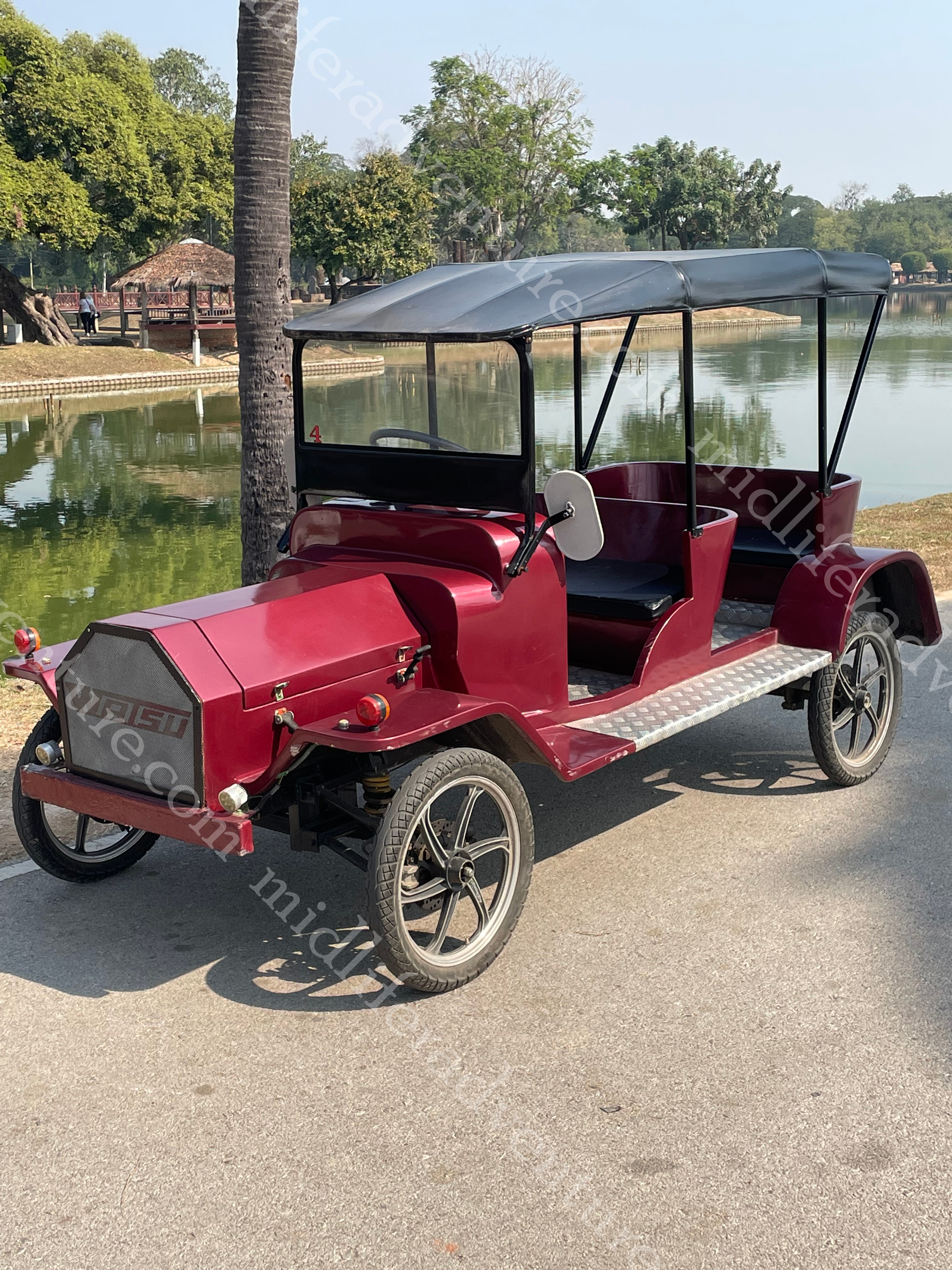
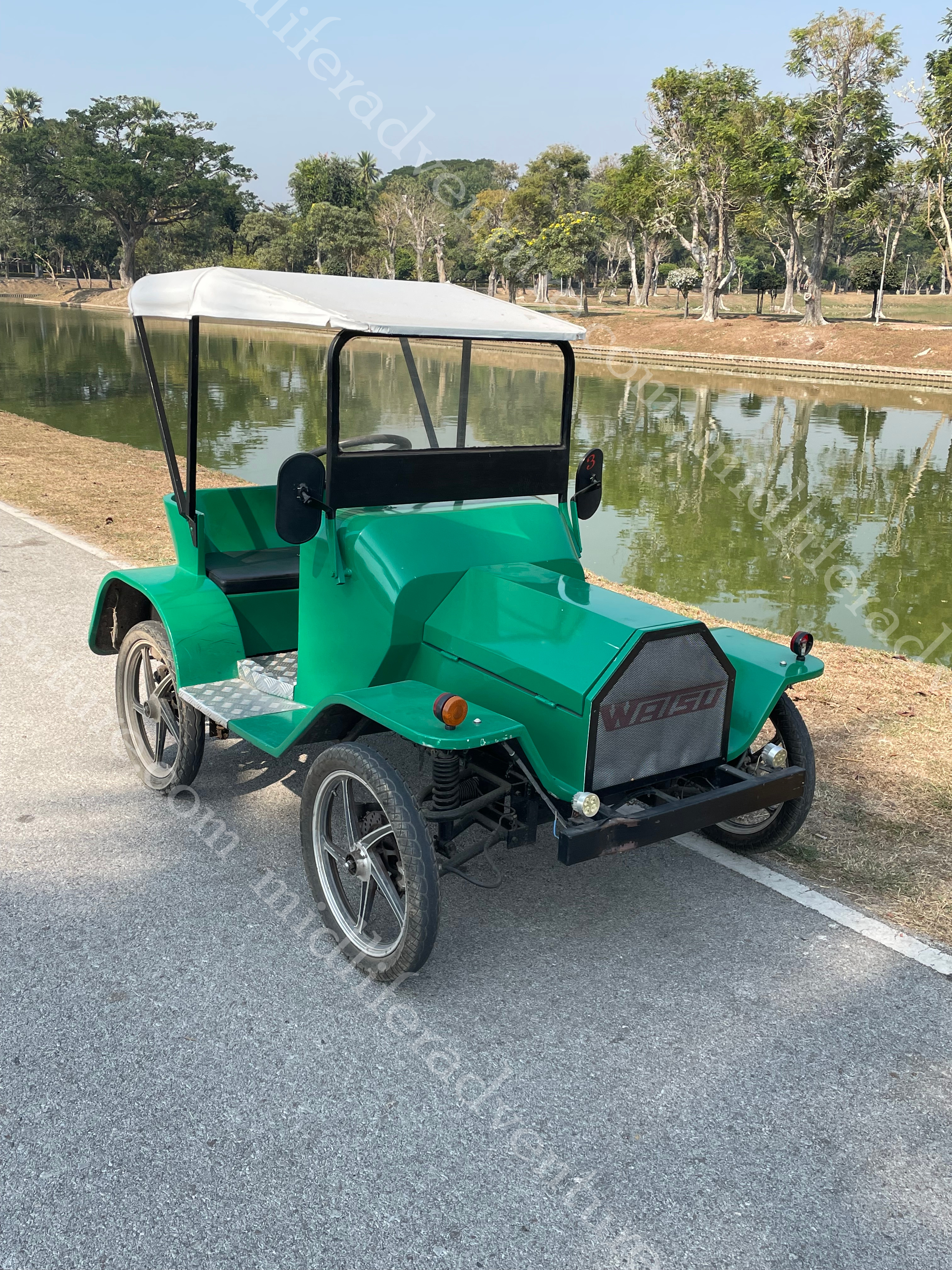
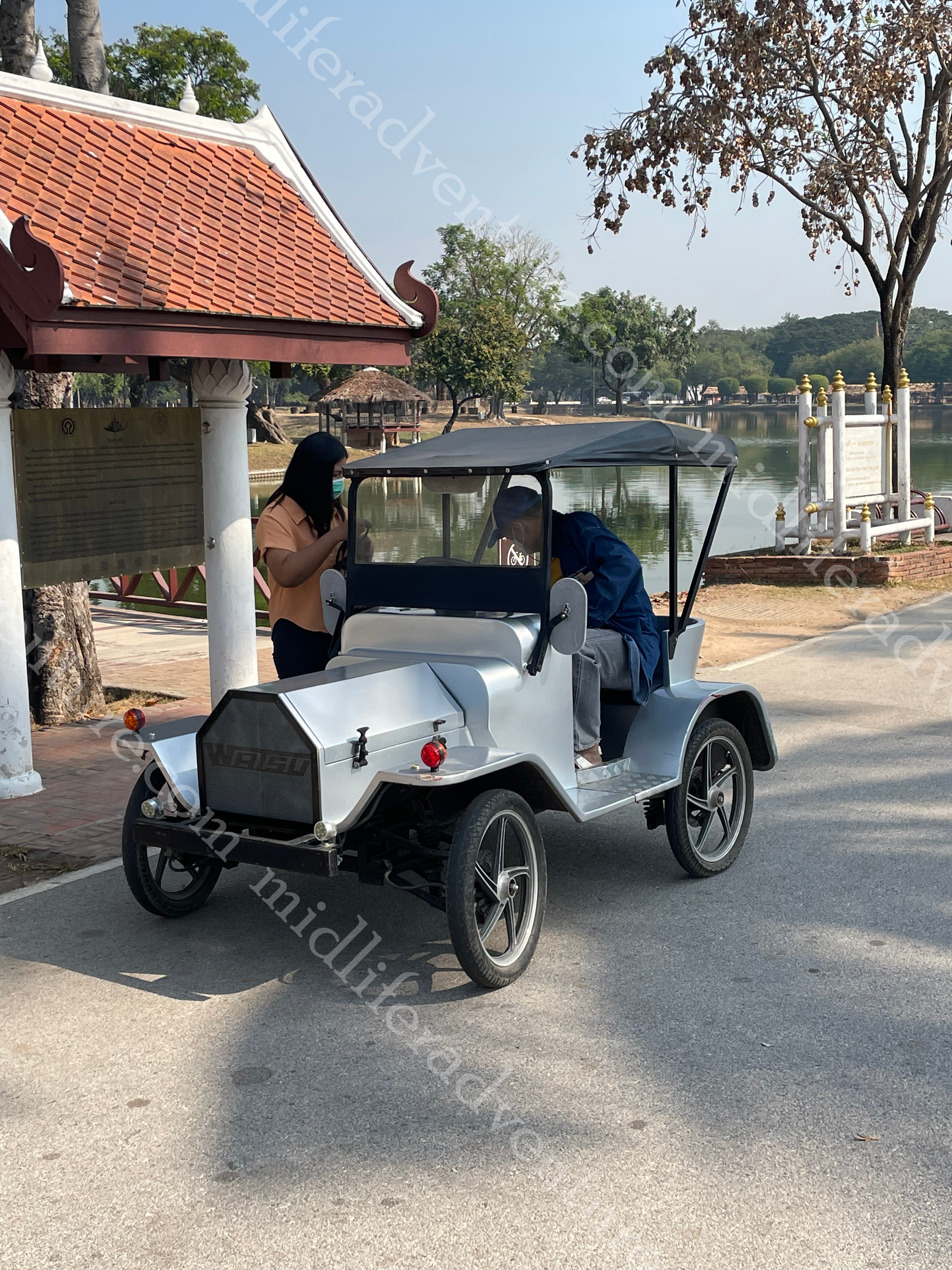
We chose to spread our visit out over two days rather than power through and exhaust ourselves. Part of this had to do with the fact that our hotel was absolutely lovely (Foresto Sukhothai Guesthome) and warranted a bit of extra time.
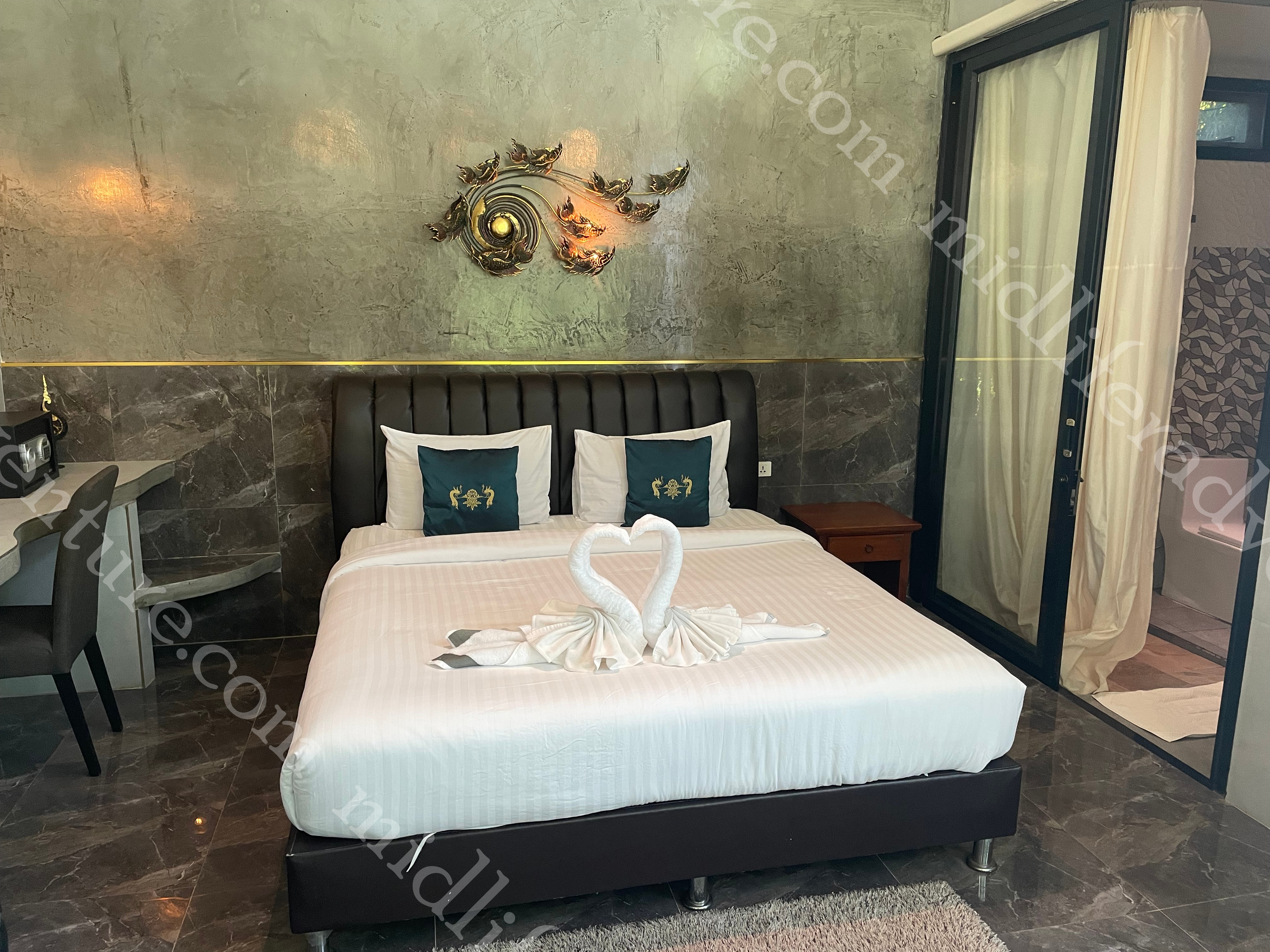
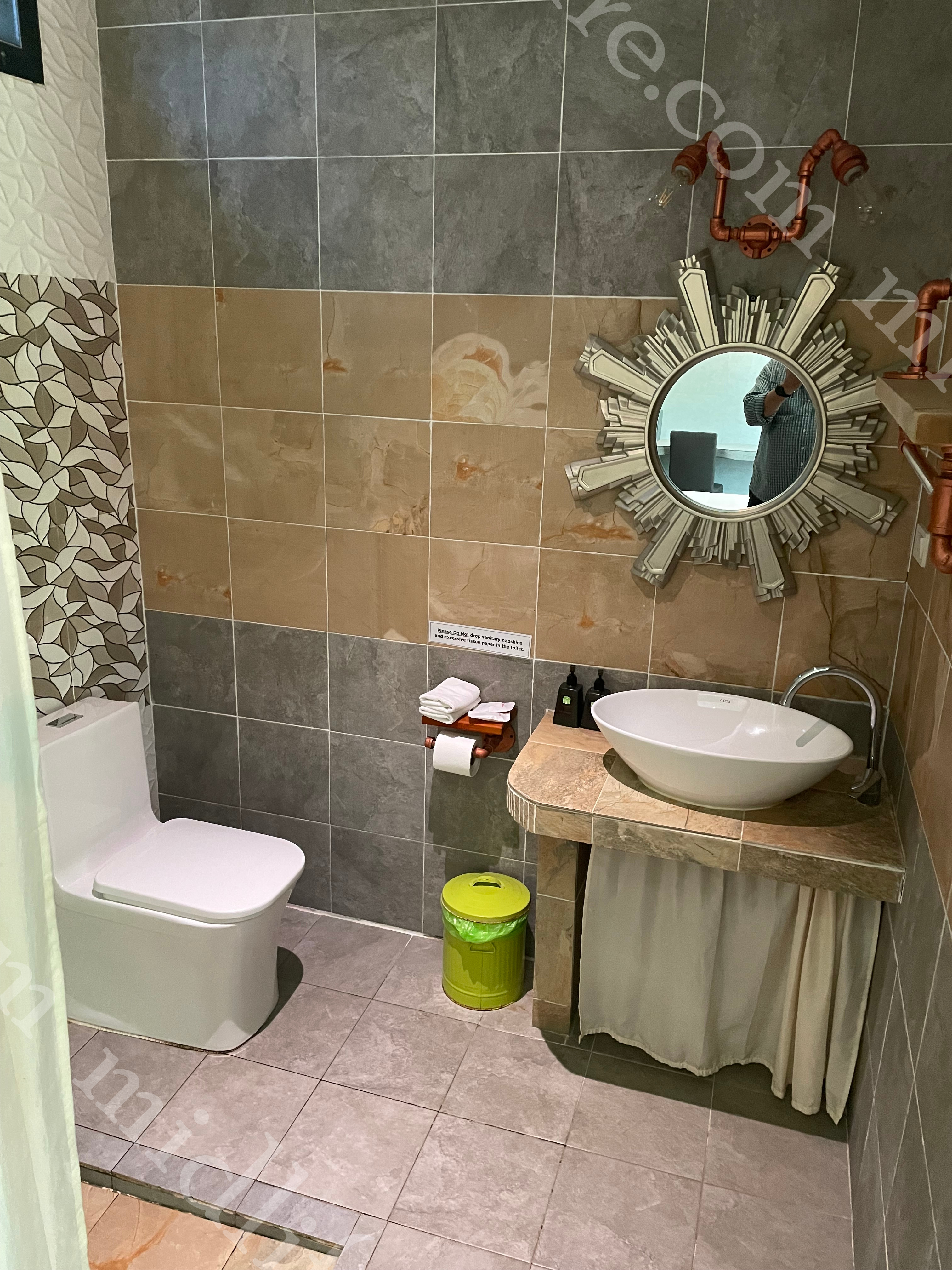
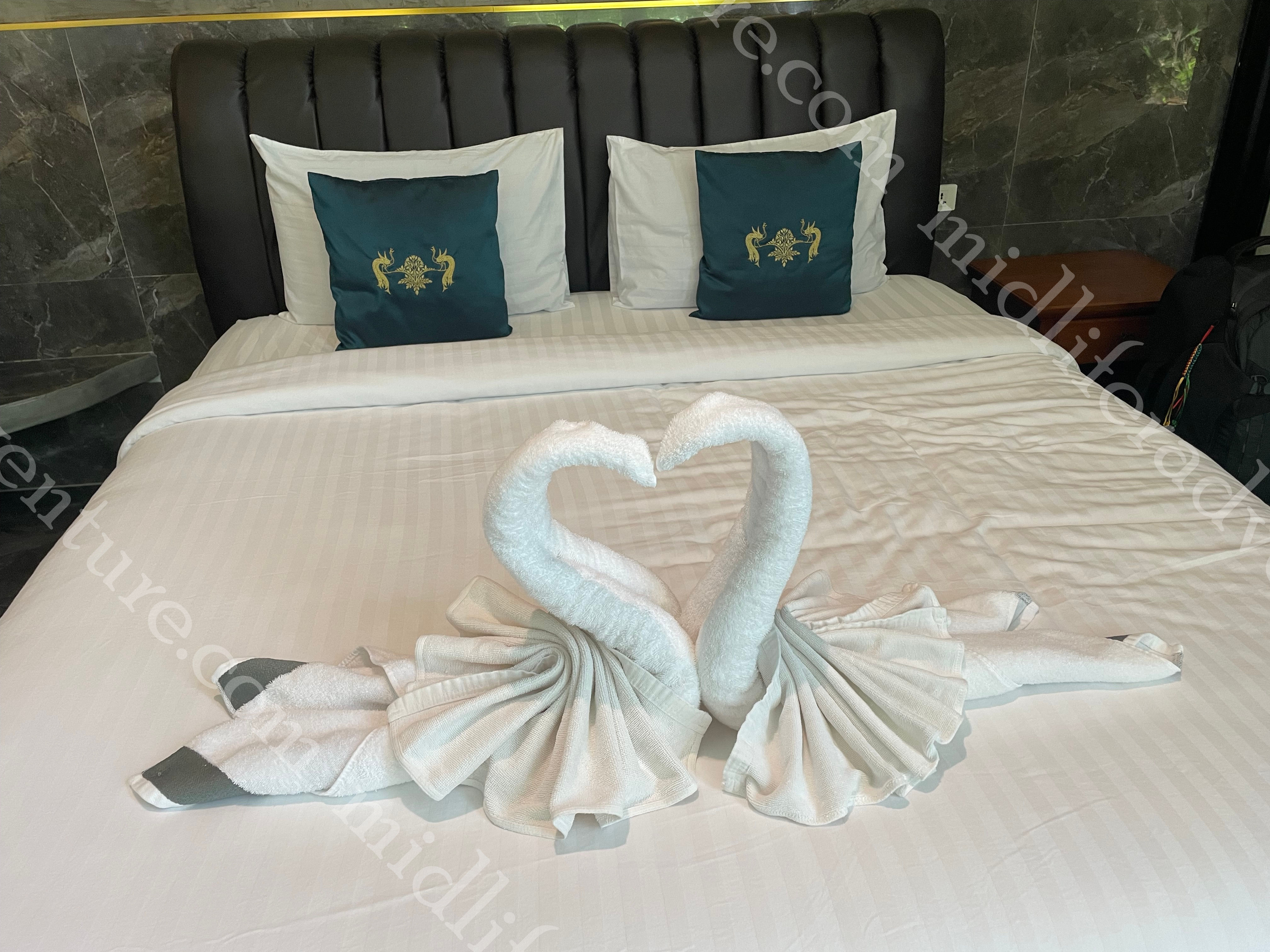
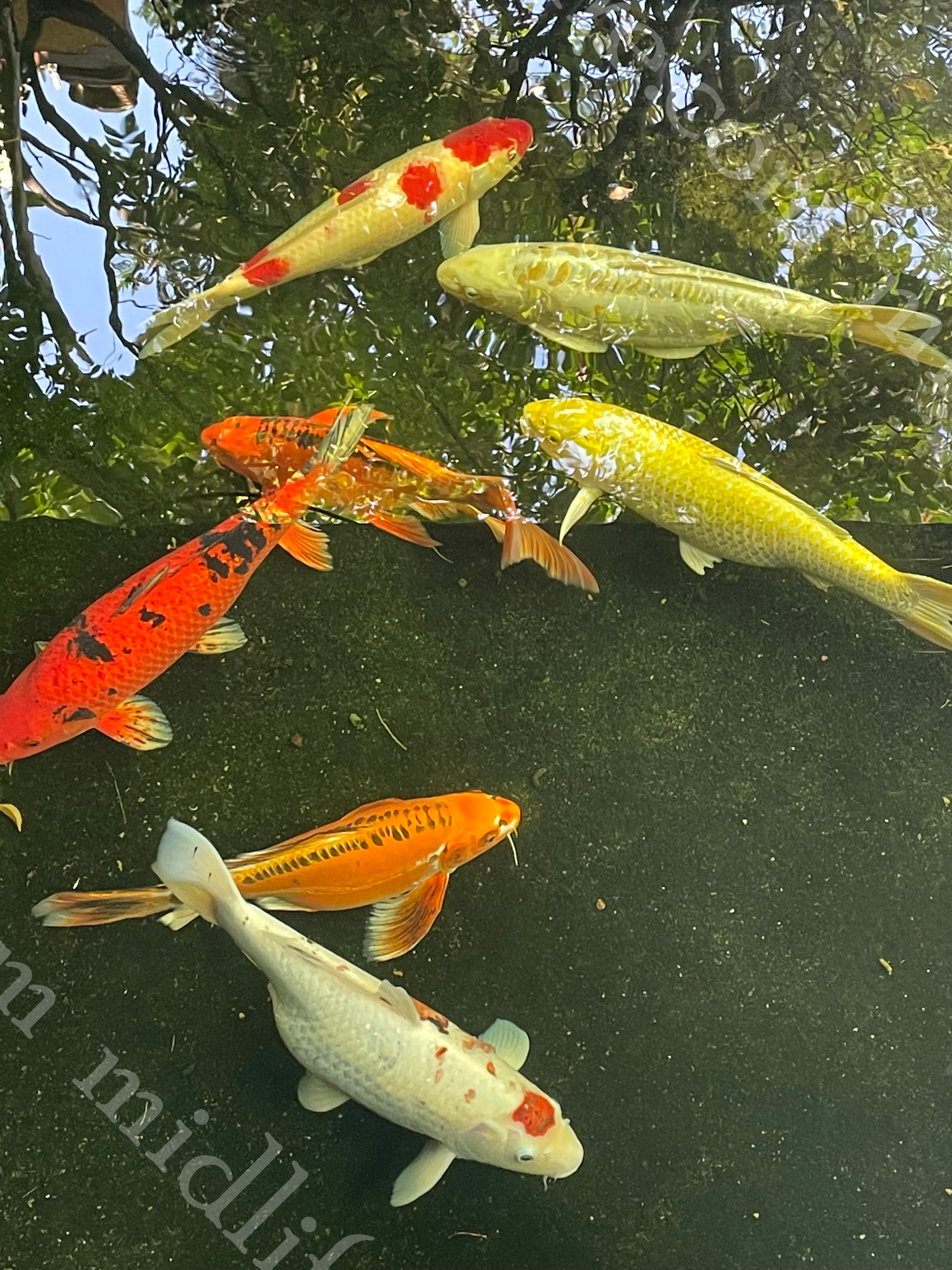
So day one was on foot and took in the central zone with a day off before tackling the outer zones.


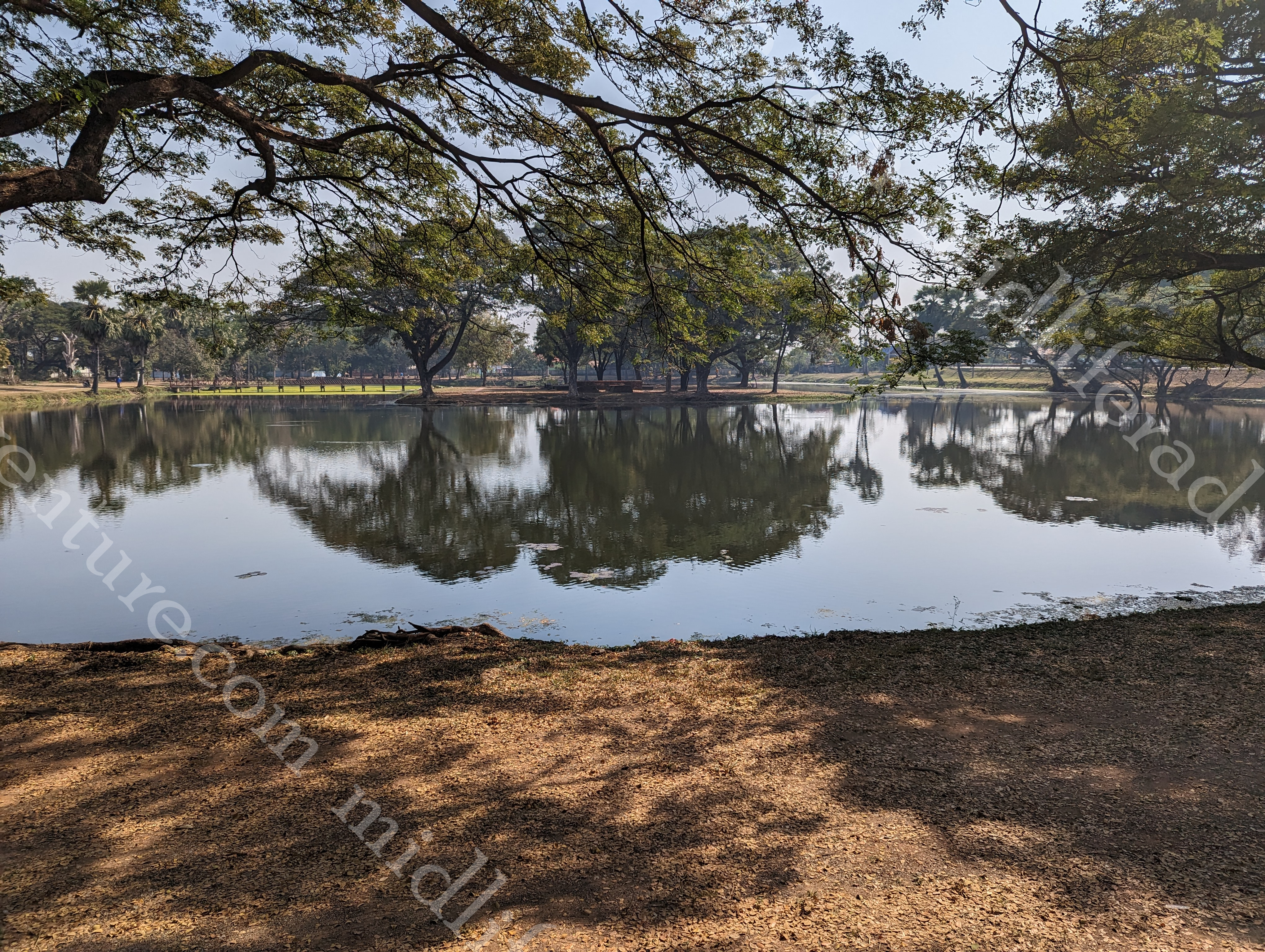
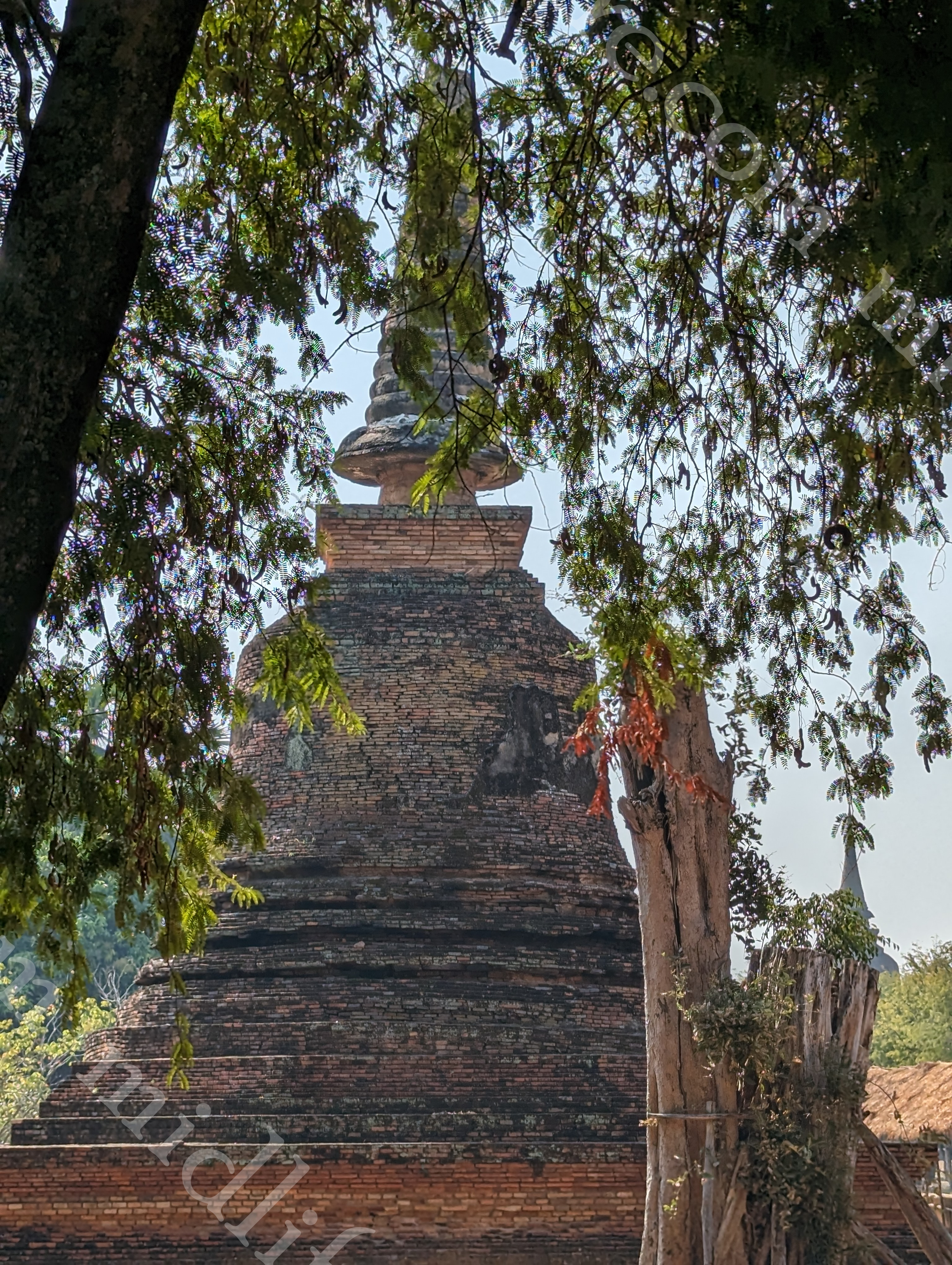

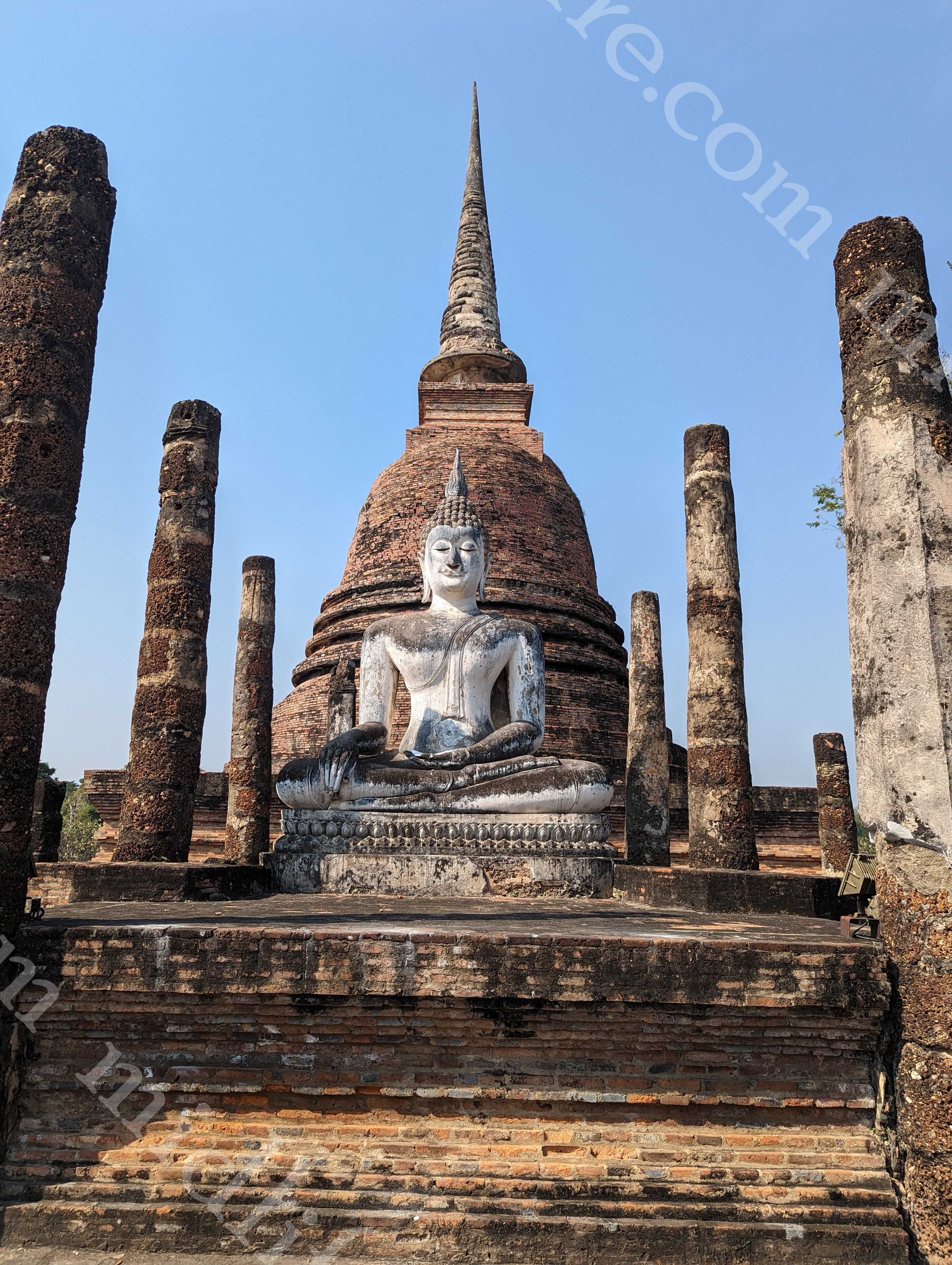
Wat Si Sawai
With this place containing the remains of Khmer rule and the onset of Thai rule, the architecture reflects this pretty well. You can clearly see the Khmer influences when you enter Wat Si Sawai with its three corncob shaped towers (prangs) and being surrounded by a wall.
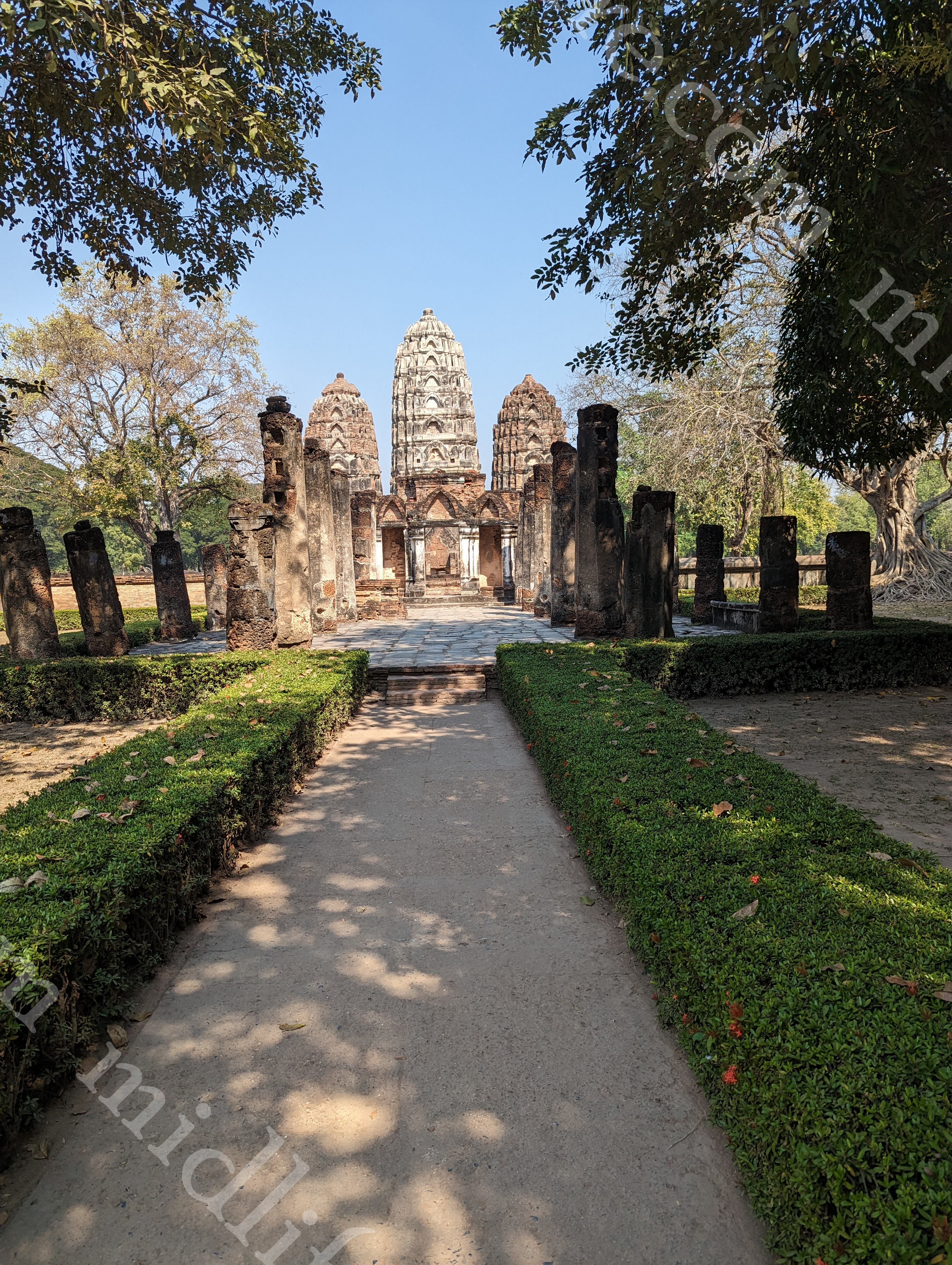
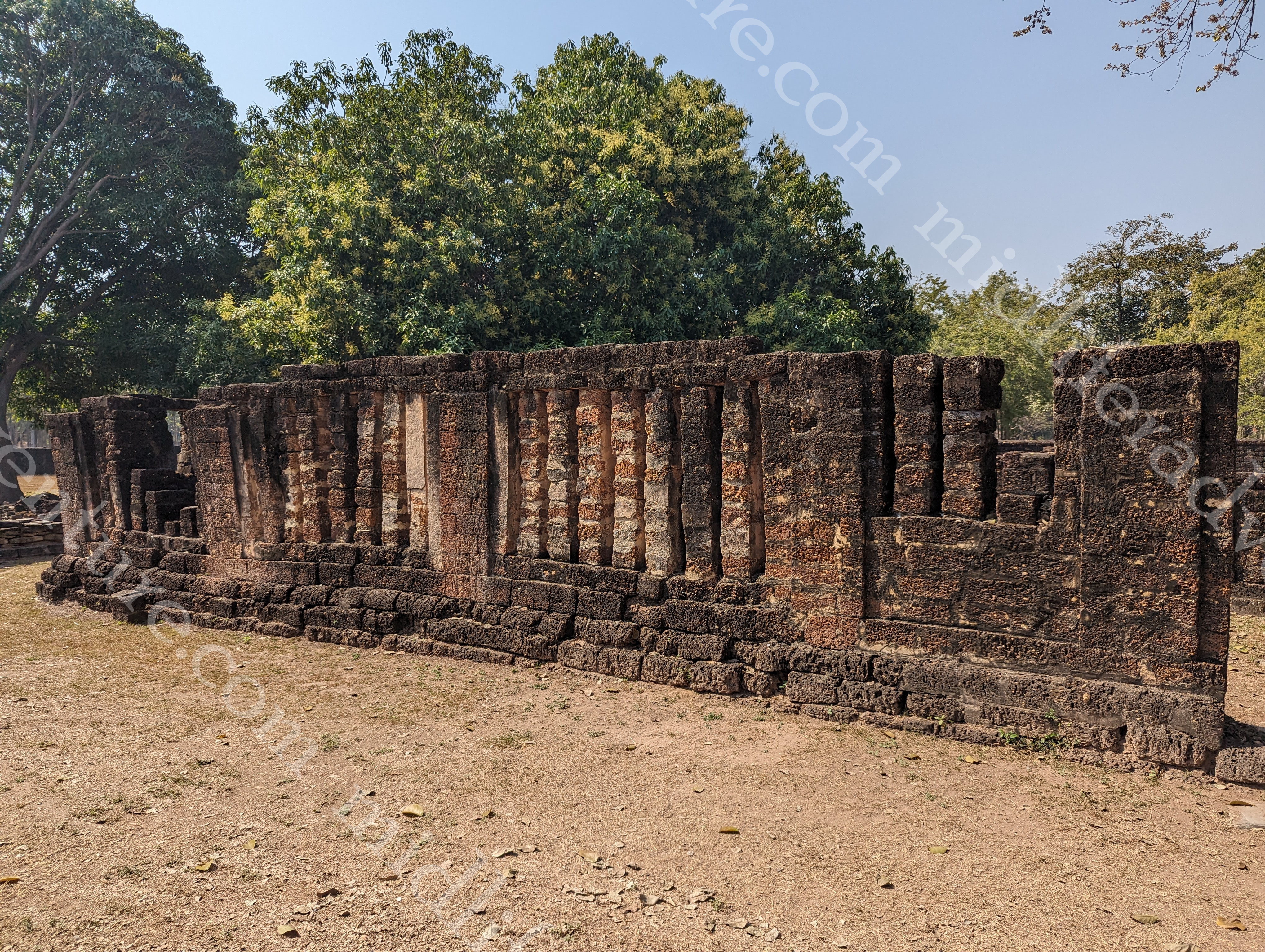
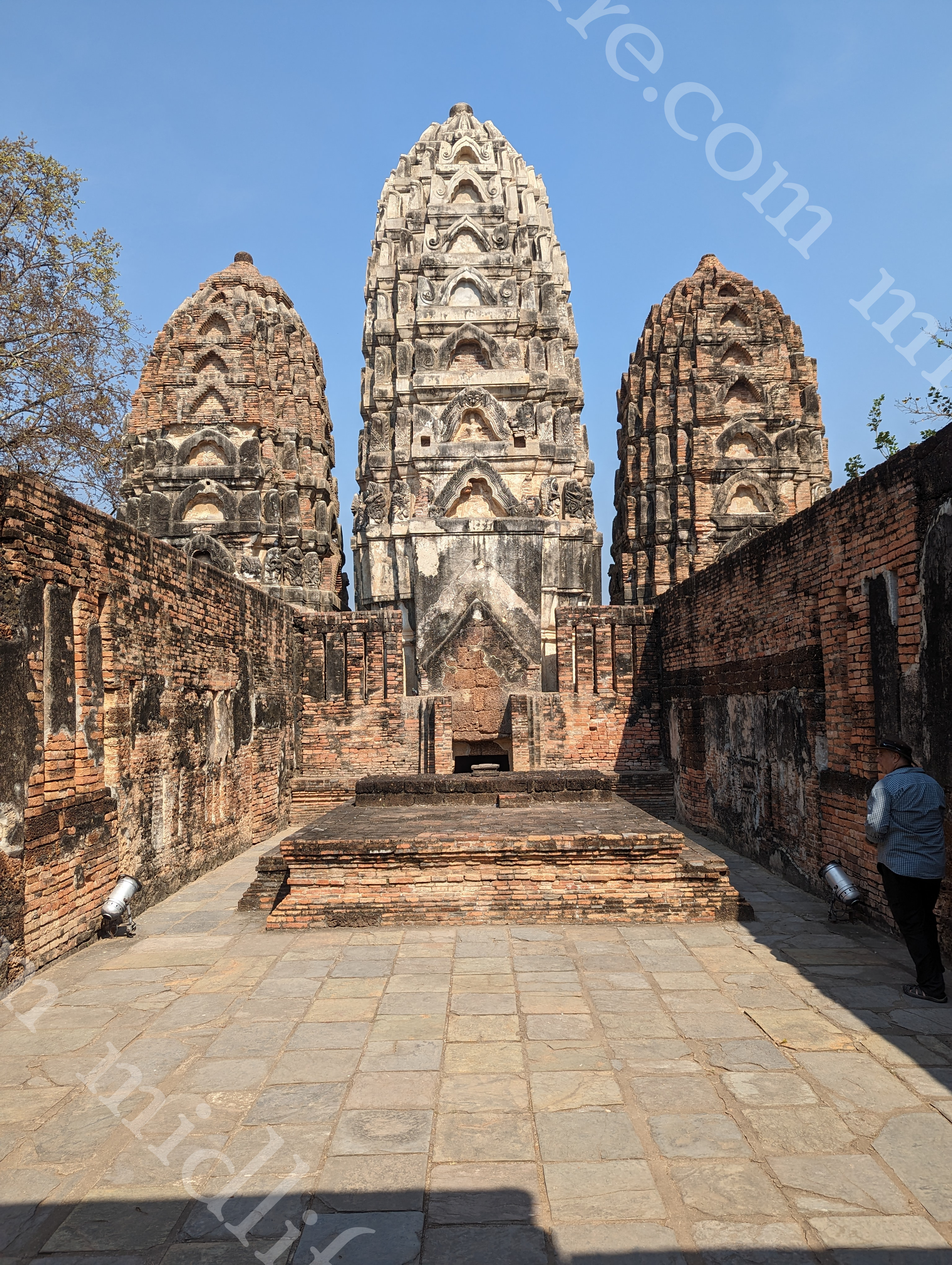
Wat Mahathat
This temple was the most important royal temple in the Sukothai Kingdom. It is located right in the middle of the central zone. It is the largest of any in Sukhothai Historical Park and includes an incredibly large number of stupas, prangs (Khmer originated conical towers), and Buddha figures.
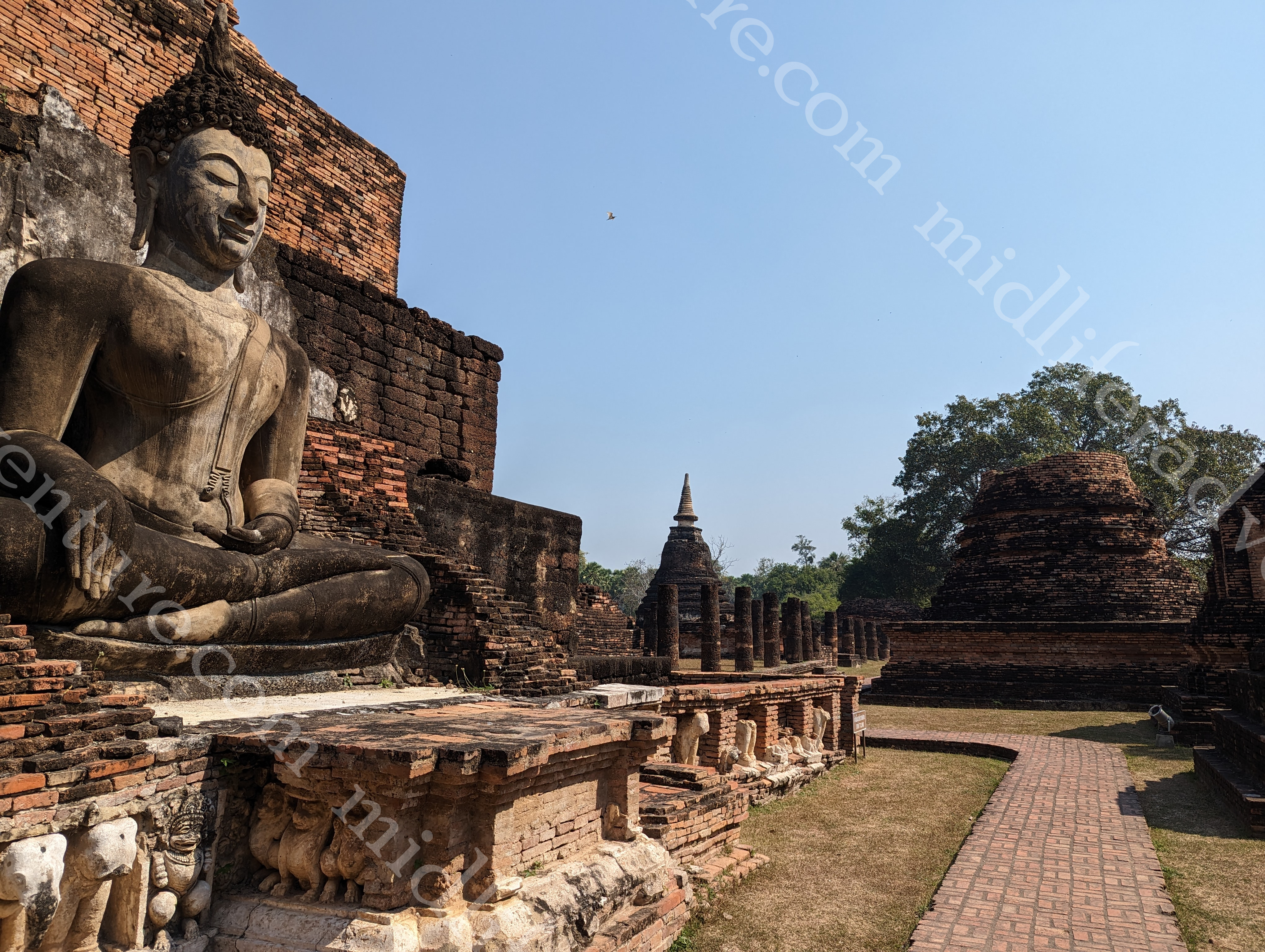

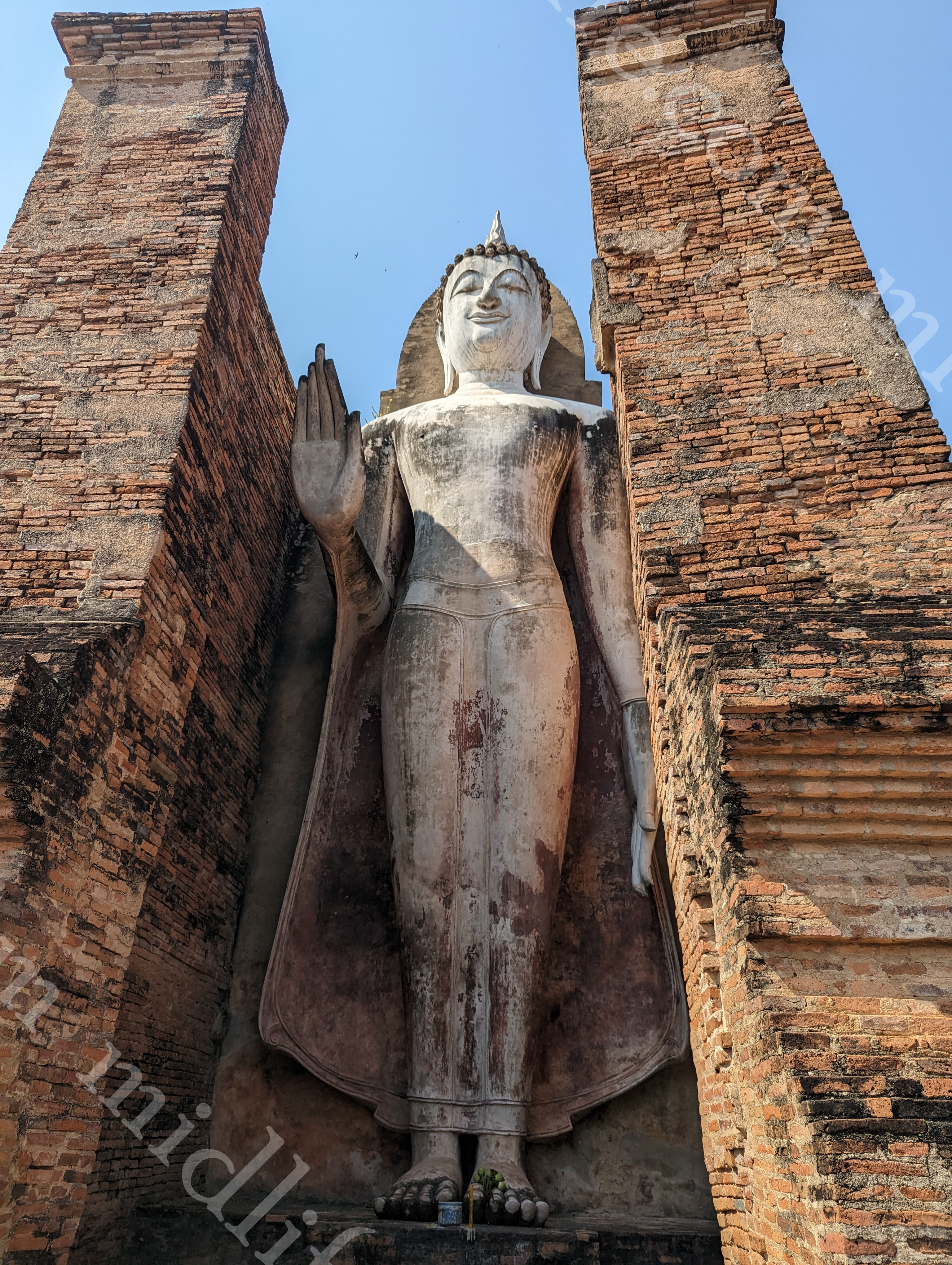
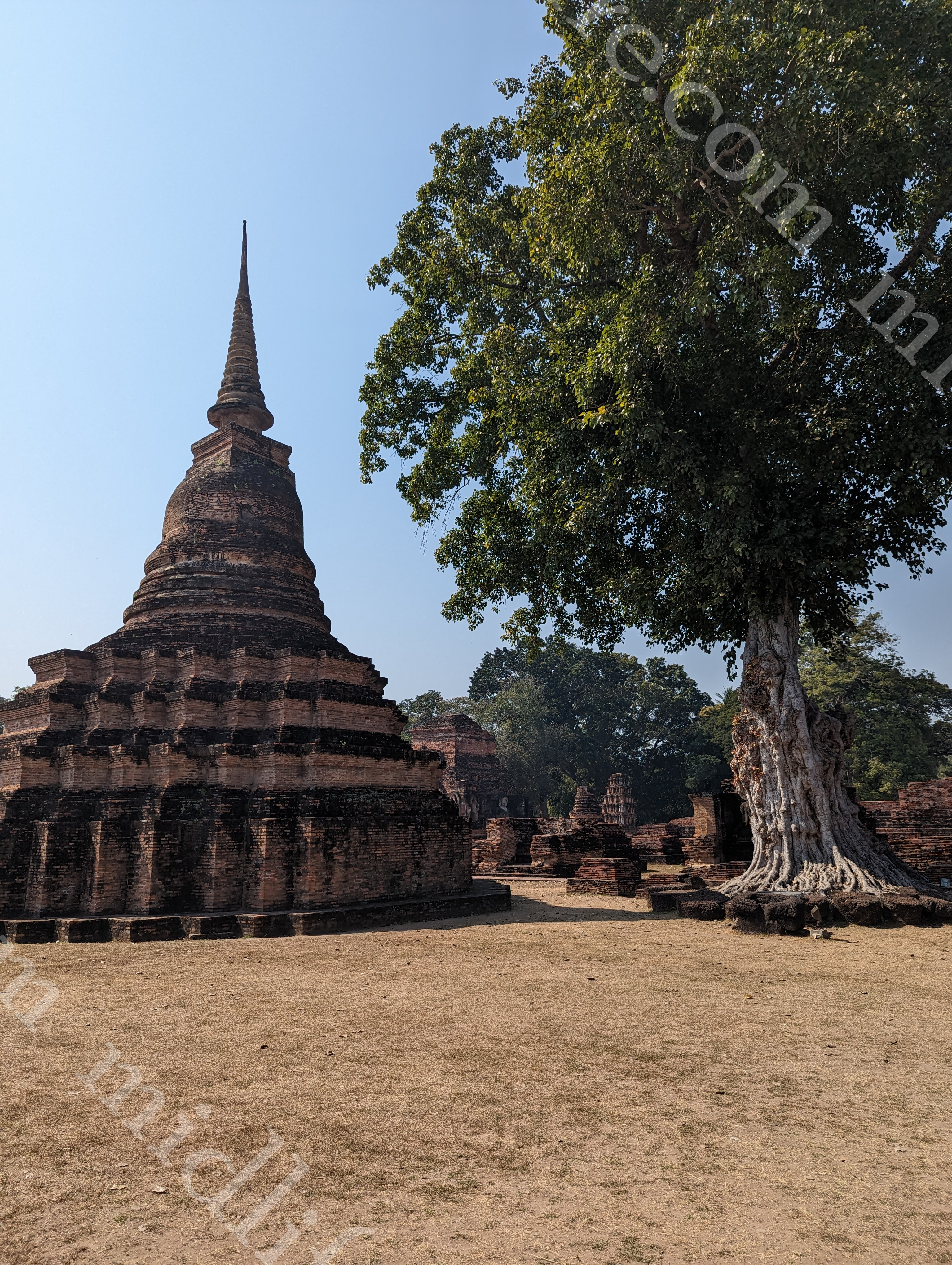
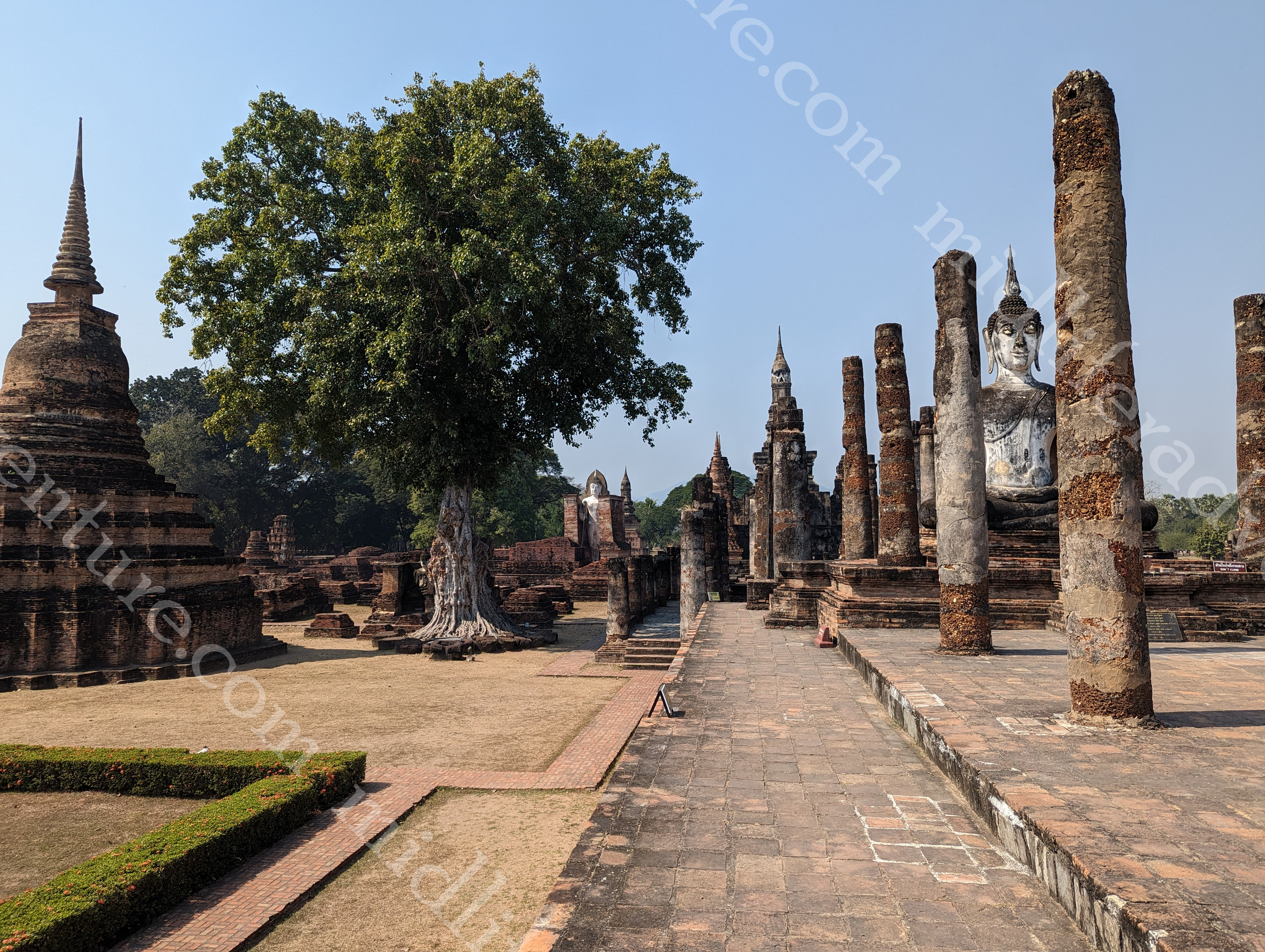

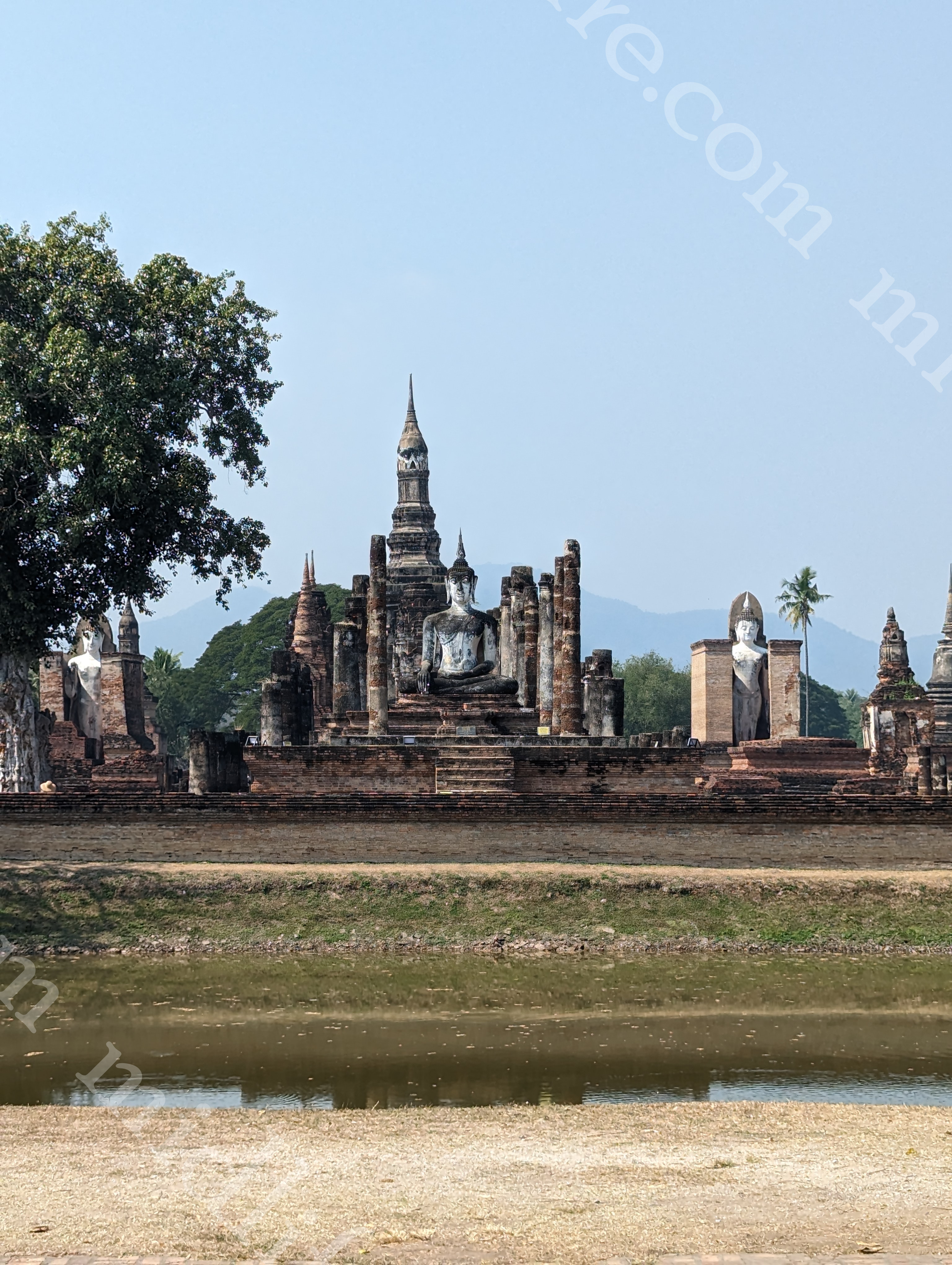
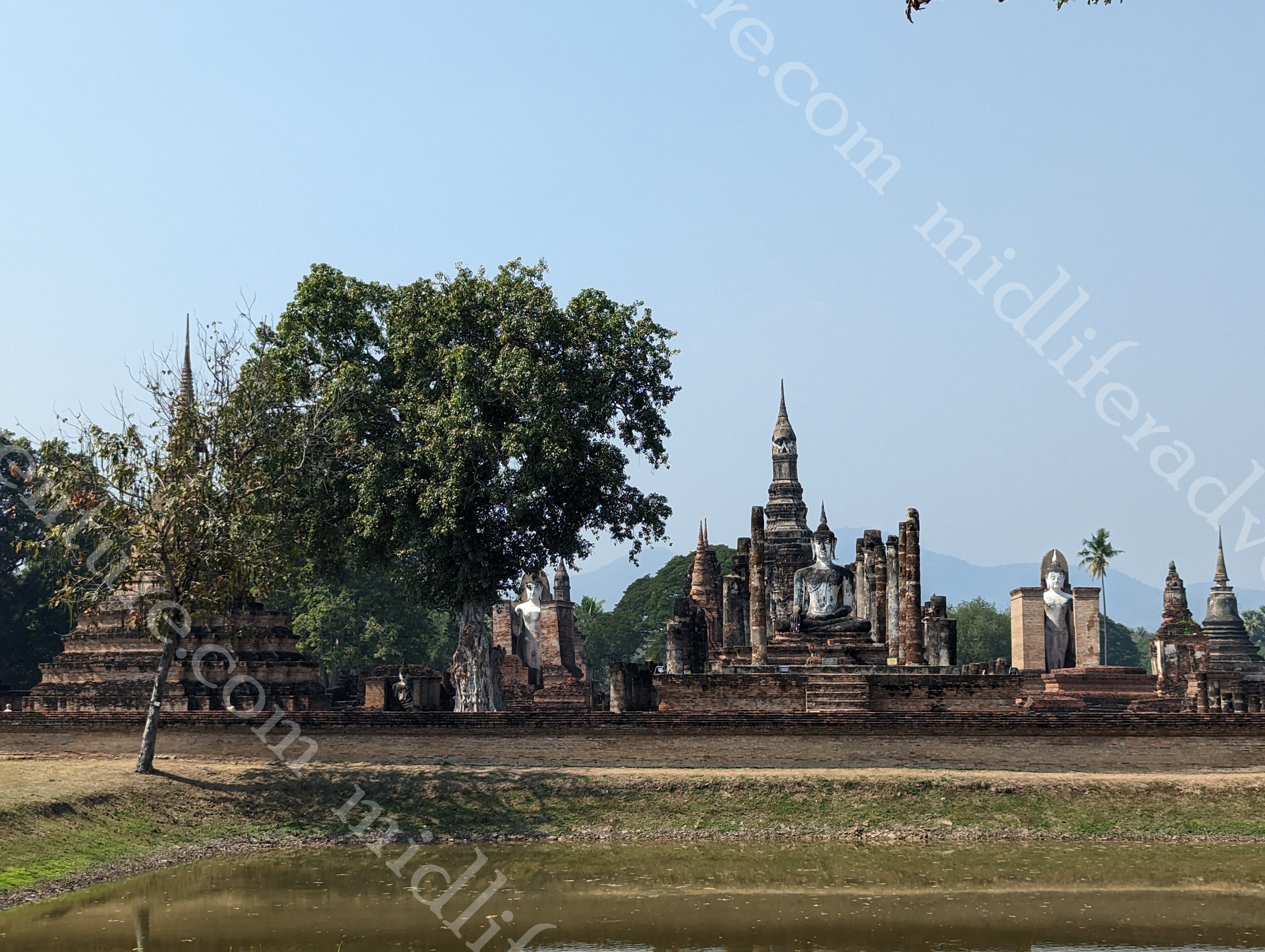
Wat Sa Si
This temple is on a small island and features a very impressive white sitting Buddha backdropped by a large chedi. And was infested by some annoying French tourists who took selfies for what seemed like forever.
Wat Sarosak
Wat Sorasak is a bell-shaped stupa on a brick base. The base of the temple is surrounded by 24 elephant heads (with torso and front legs). The remains of an assembly hall are just east of the stupa. Wat Sorasak was built about 1417 A.D.
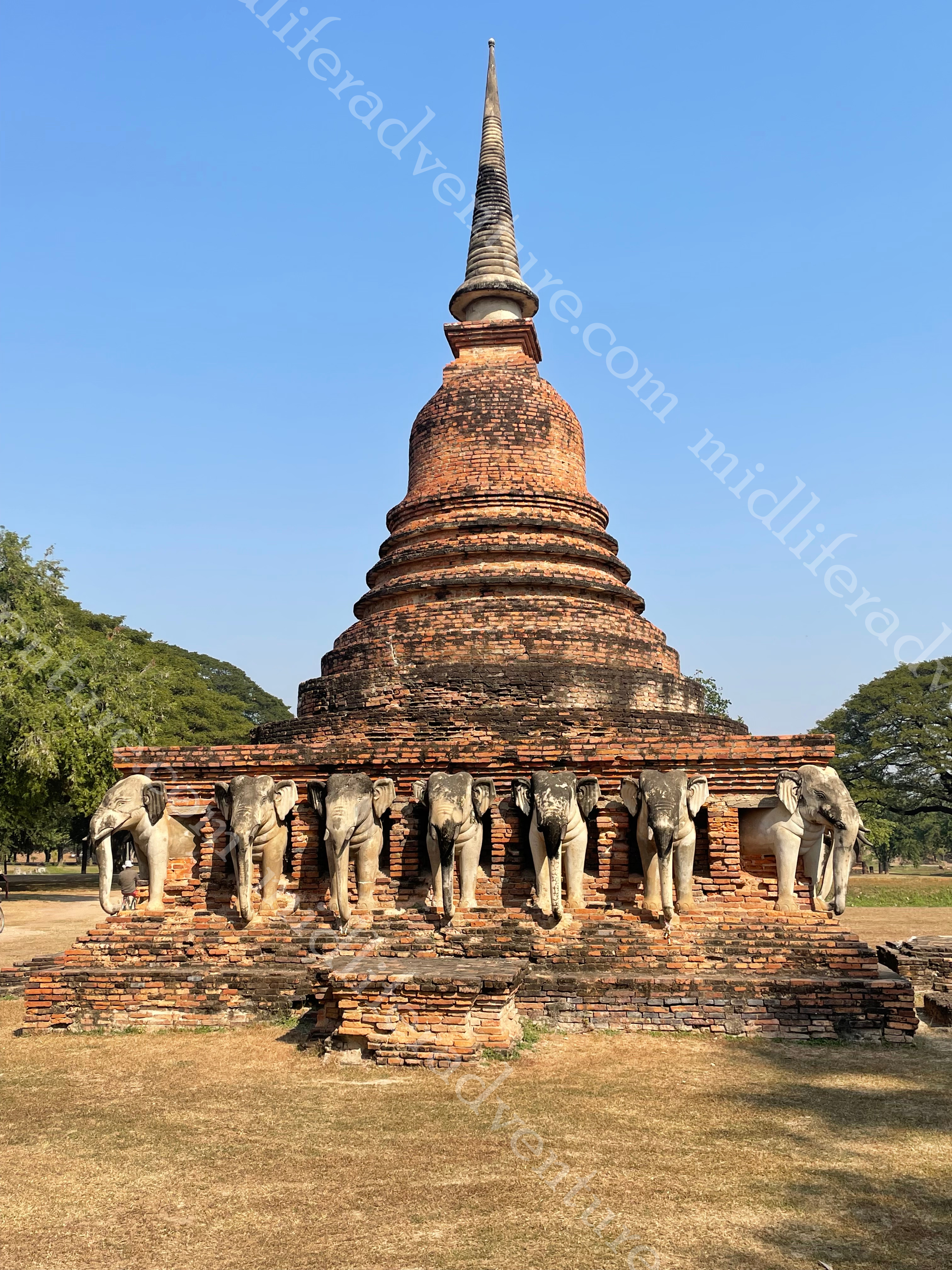
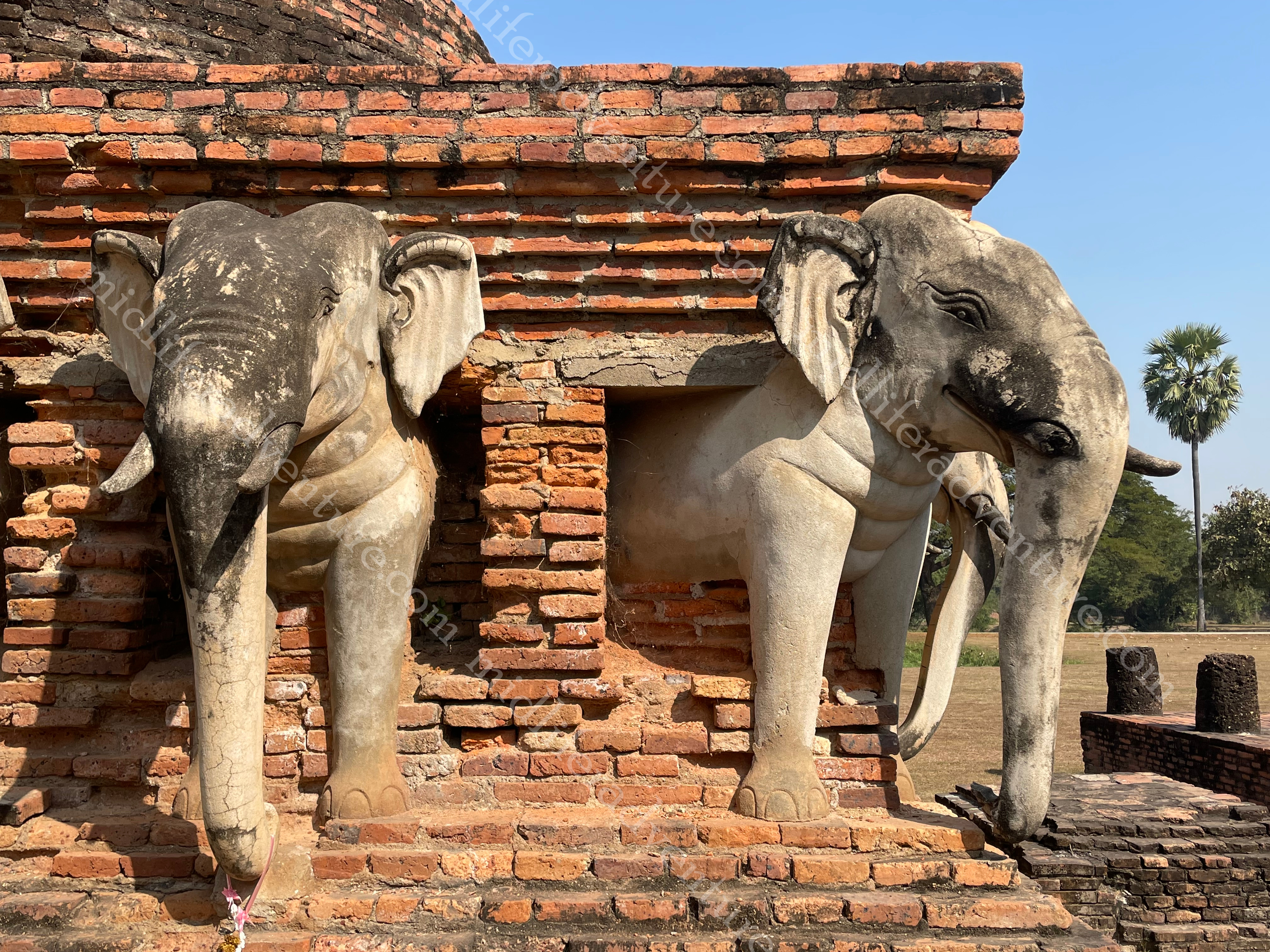
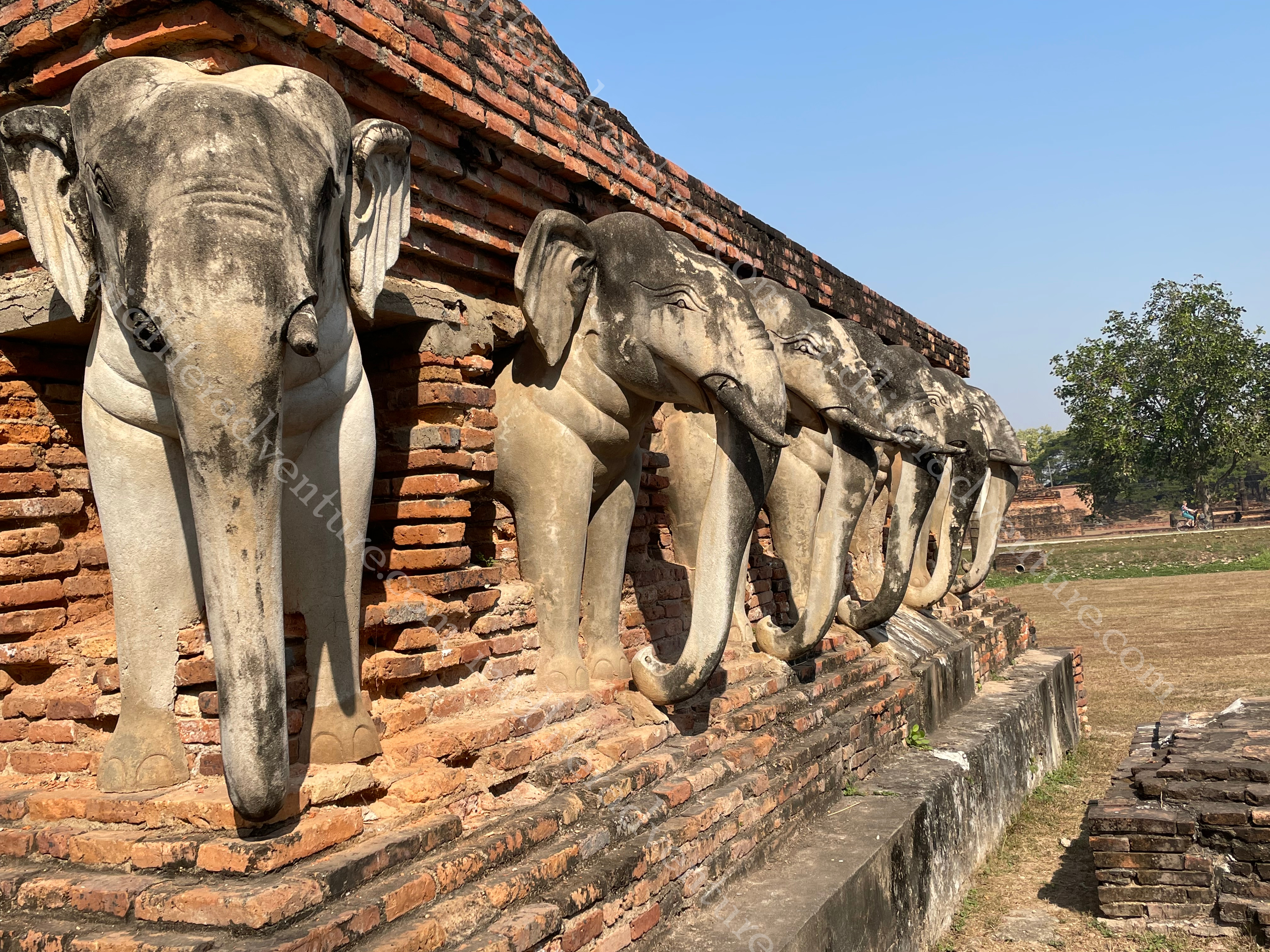
The outer zone of temples
We had a day off from sight seeing and then got back into it to do the outer ring of temples. Due to the distances in between them walking was not a reasonable option so we invested $1.50 each to hire bicycles for the day so that we could get around to them all. As you may expect, $1.50 does not rent you a top of the line bike in terms of either, speed, gearing nor comfort.
To circumnavigate the outer ring it is about a 15-20 km loop. It is fairly safe to say that, while there are 190 different ruins, many of them are little more than piles of bricks and are not really that impressive. Having cycled this distance on a very dodgy bicycle, it is also safe to say that my arse hates me and I hate non-motorised bikes.
Despite the spiel about the different zones having fees, we only found ticket booths at the north and central zones. The rest of the time you can get about freely. We came across a school group being taught by some crazy dude dressed in a safari-style outfit which was fine but we did notice the shirt that one of the teenage girls was wearing. Not sure if the meaning (or inference) of this was known – but I’m not sure that you would not get away with this shirt in the Australian schools that I went to.
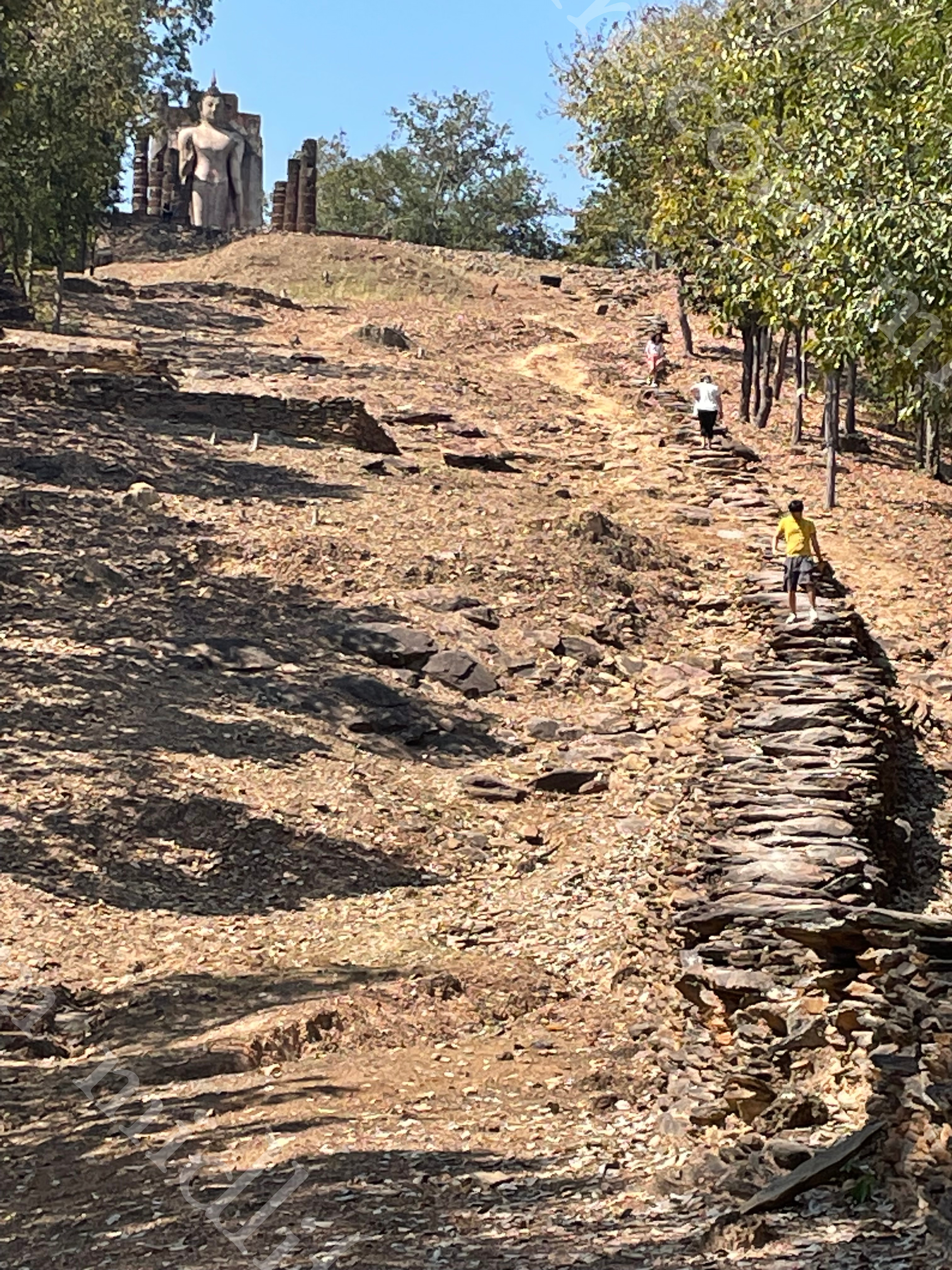
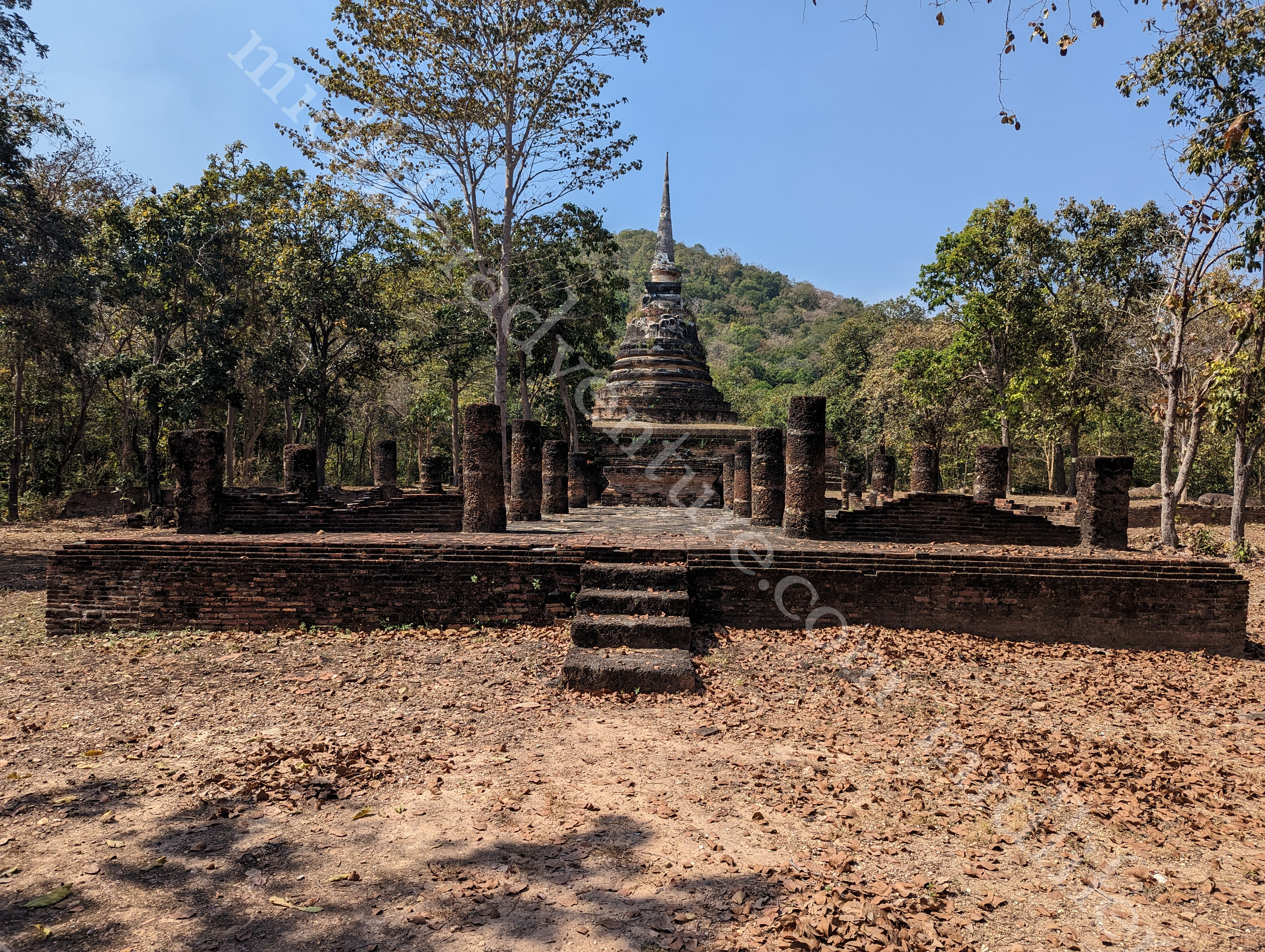

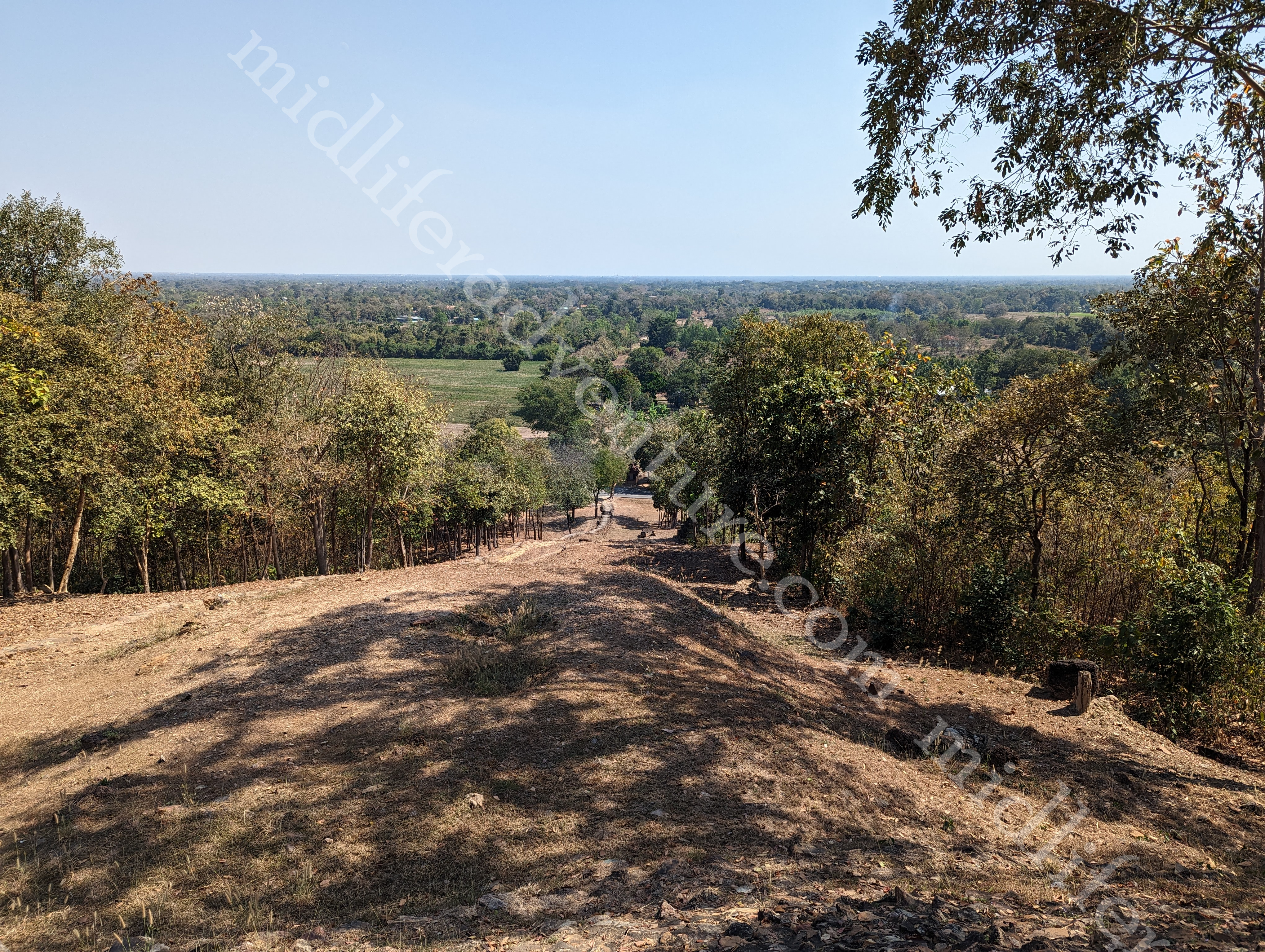

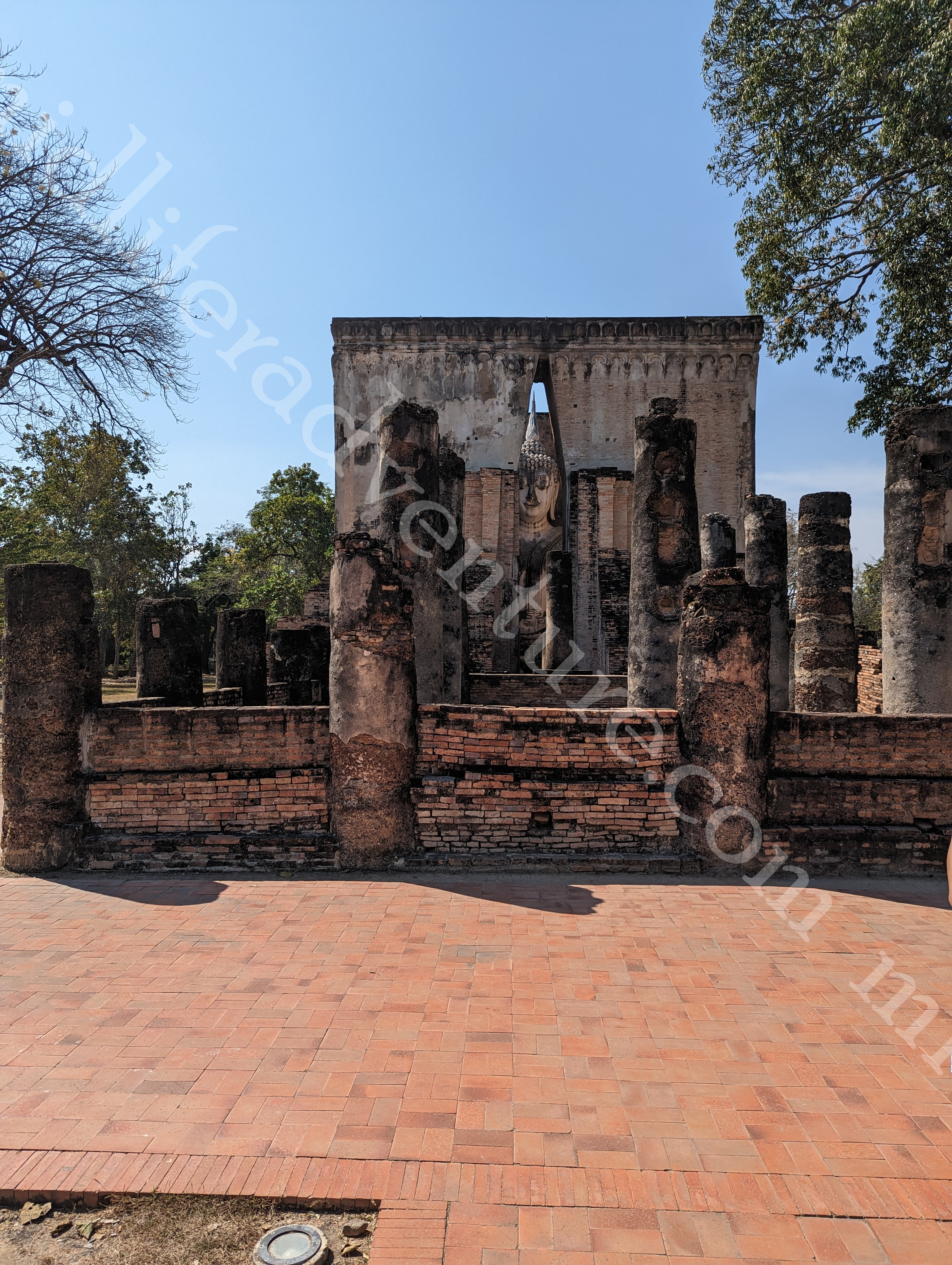
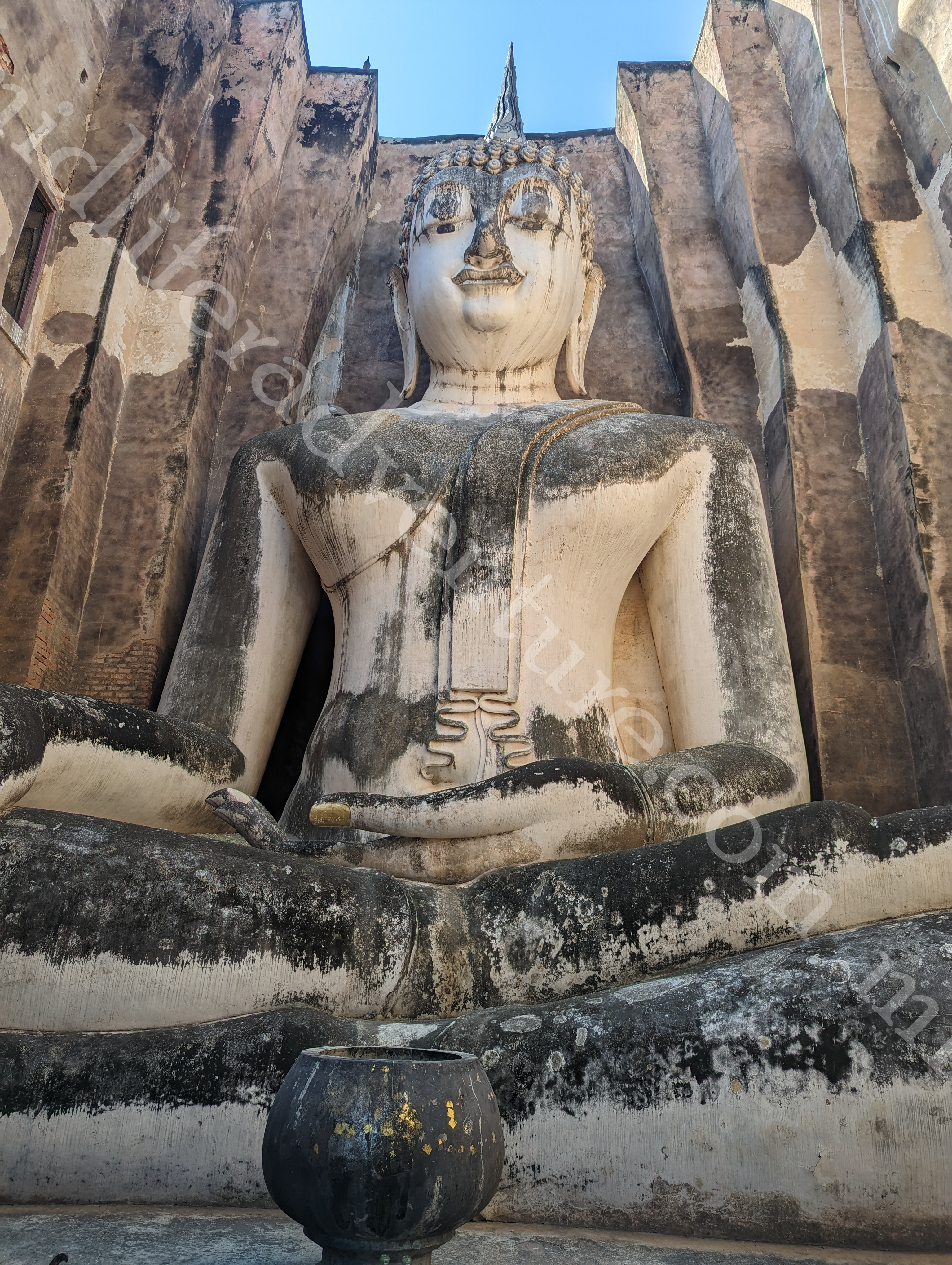
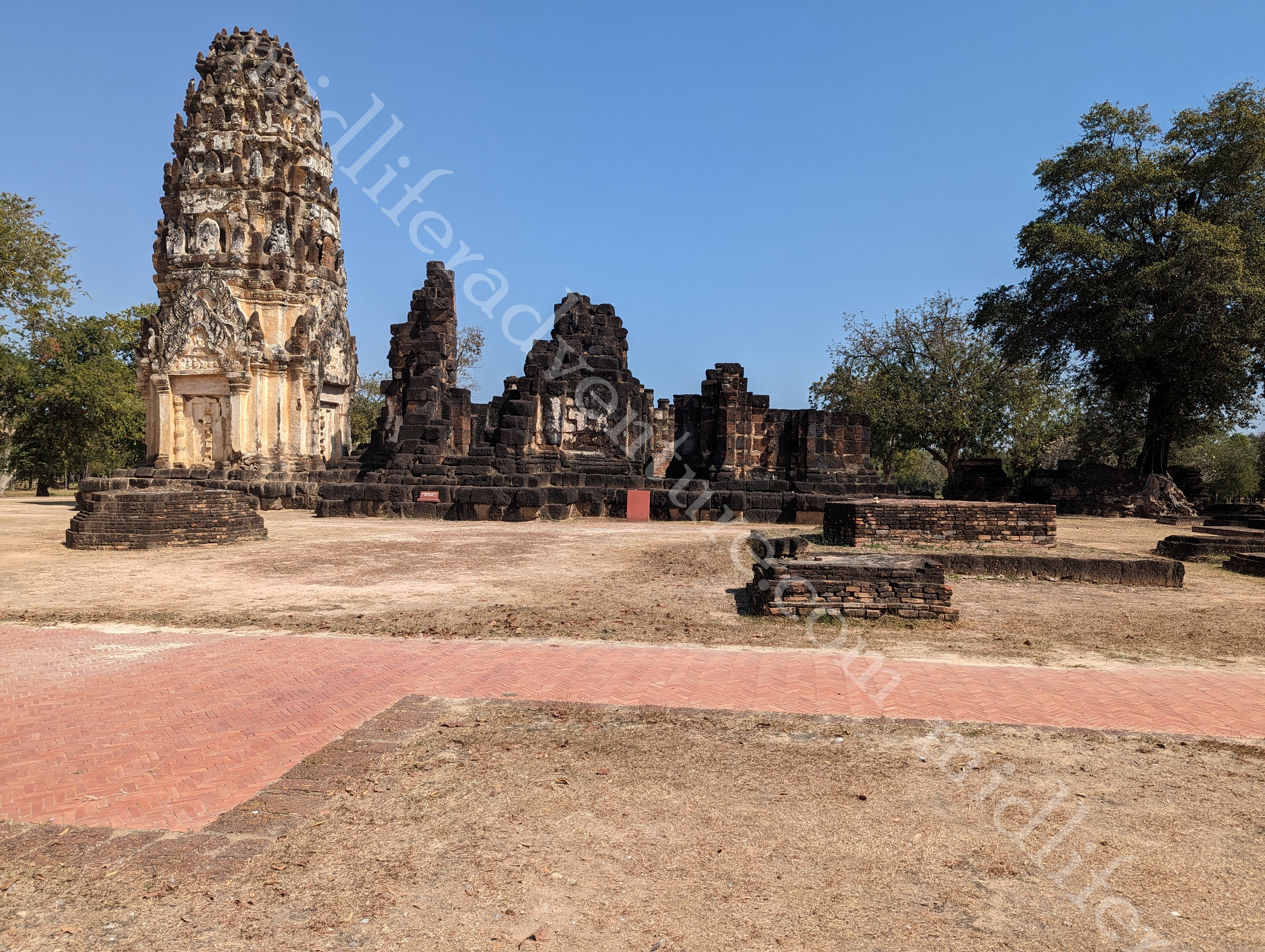
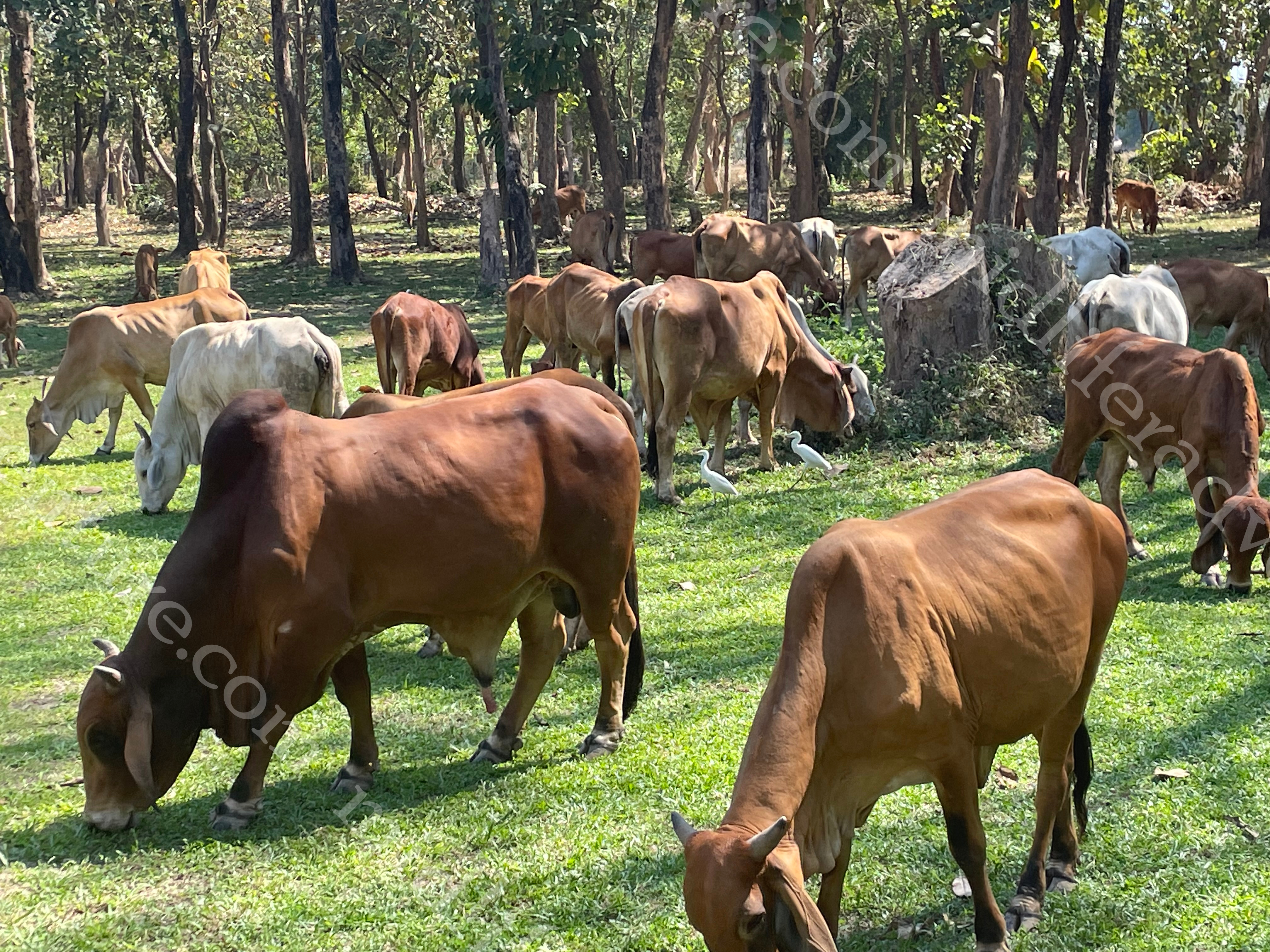

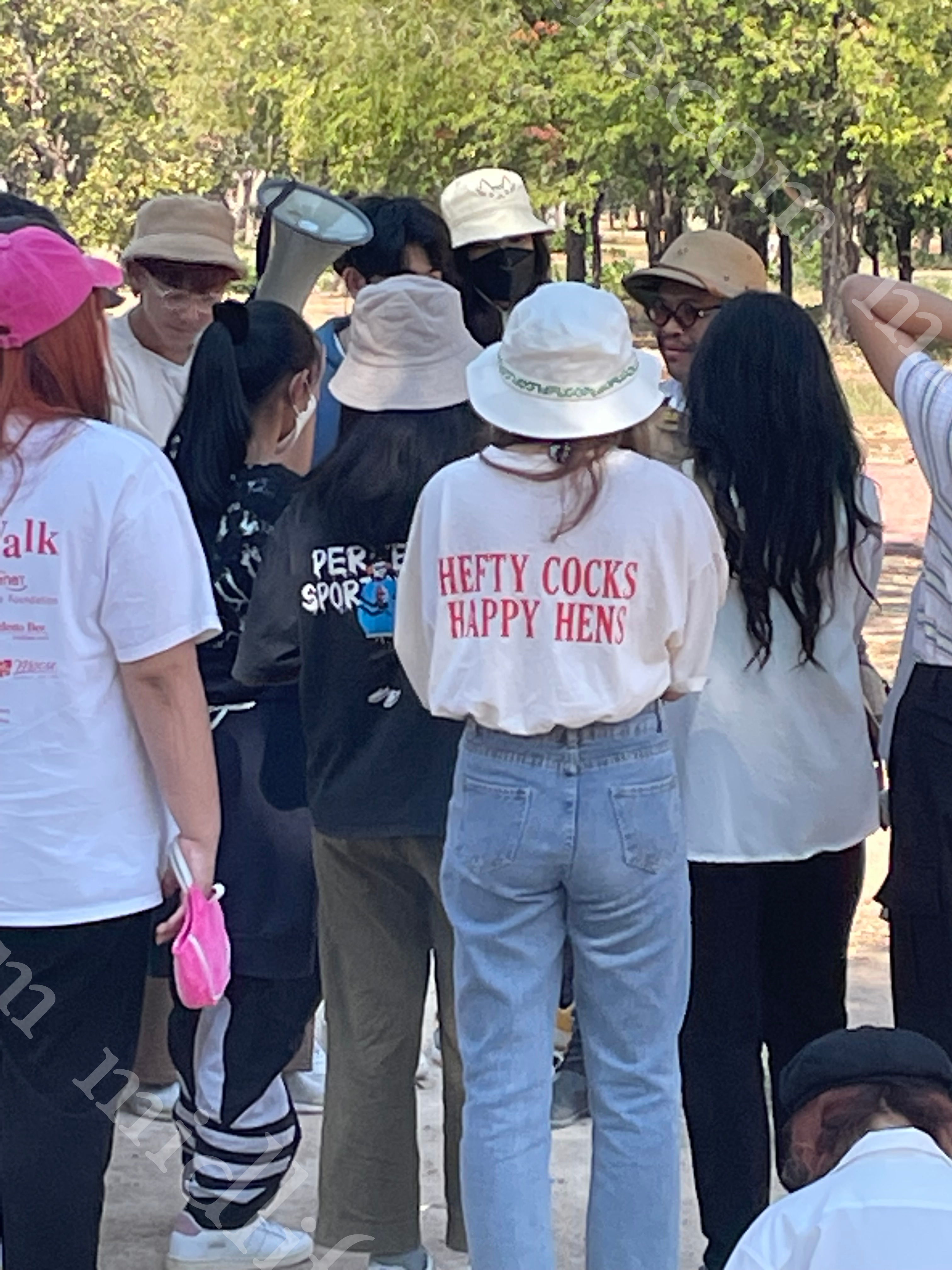
Is this the death of the tuk tuk?
Heading to the historical park the guest house owners told us to grab a tuk tuk and that it should be 150 baht one way…which it was. To return we hailed a tuk tuk and could not get a price cheaper than 200 baht despite trying to negotiate and haggle. So we rejected this, jumped on the Grab app and found that we could order an air-conditioned car that arrived within a few minutes and took us to our hotel for 130 baht.
The tuk tuk drivers (in every country) have a long history of ripping off tourists and charging ridiculously more than the locals. In India, the tourist price was about 250% the local price with some shady characters trying to charge much more, but with online apps, this world may well be changing. While we are happy to support the locals we are not happy being bilked in the process.
Apps such as Grab will tell you how much it will cost for you to get to your destination in the comfort of an air-conditioned vehicle. Surely any lesser options than these (such as tuk tuk) must be cheaper. They certainly should not be 50% more expensive, which was our experience trying to get home from the historical park.
Important note – If you are heading this way (Asia generally) the Grab transport App should be linked to alternative banking solutions (such as Wise or Revolut) so as to avoid huge bank fees and exorbitant exchange rate charges. In fact, these two are a much better way to avoid a multitude of bank fees charged by the usual banking suspects.